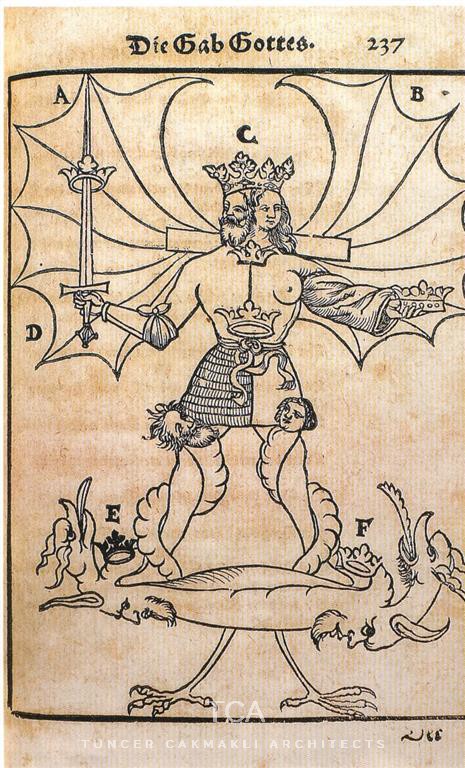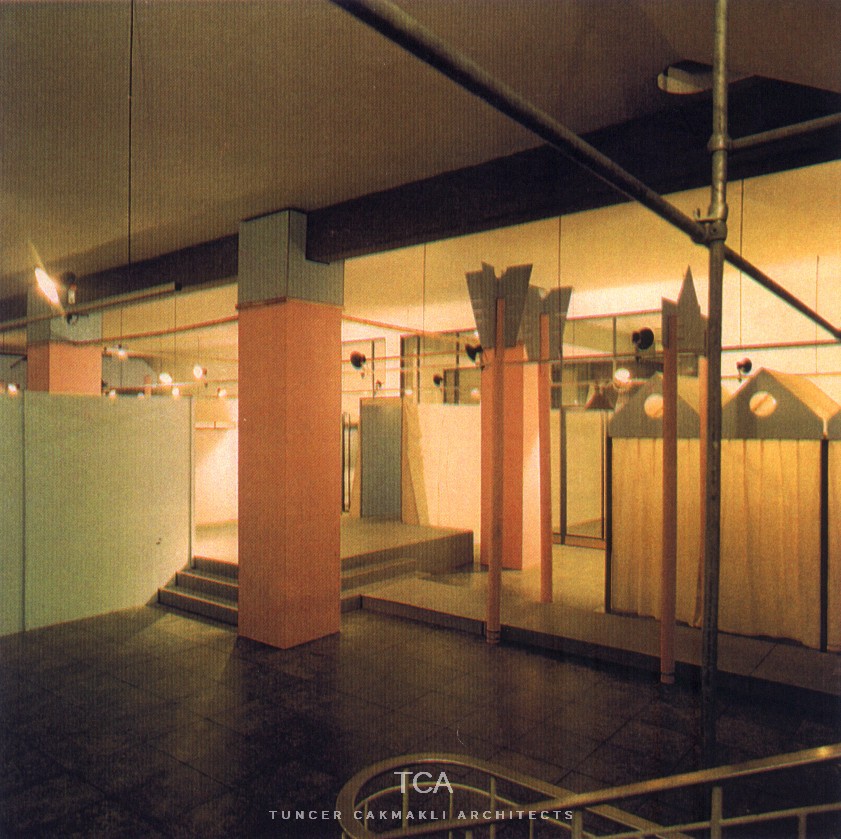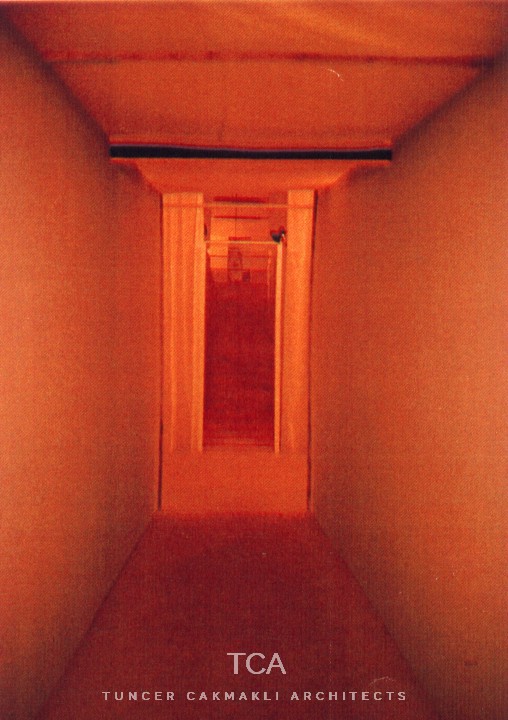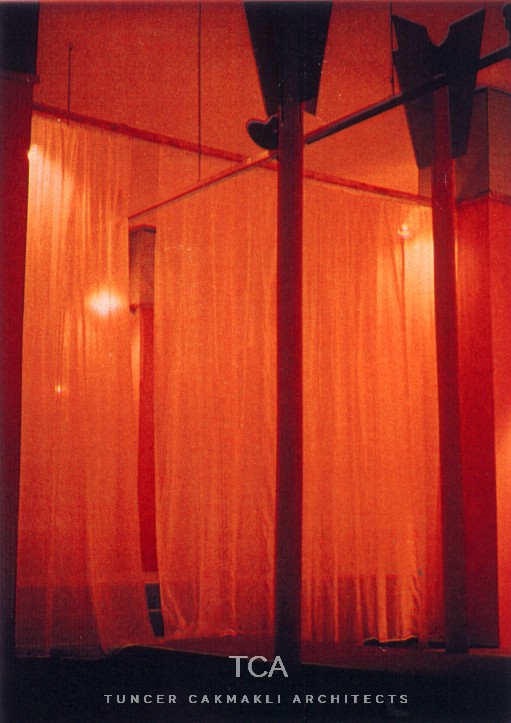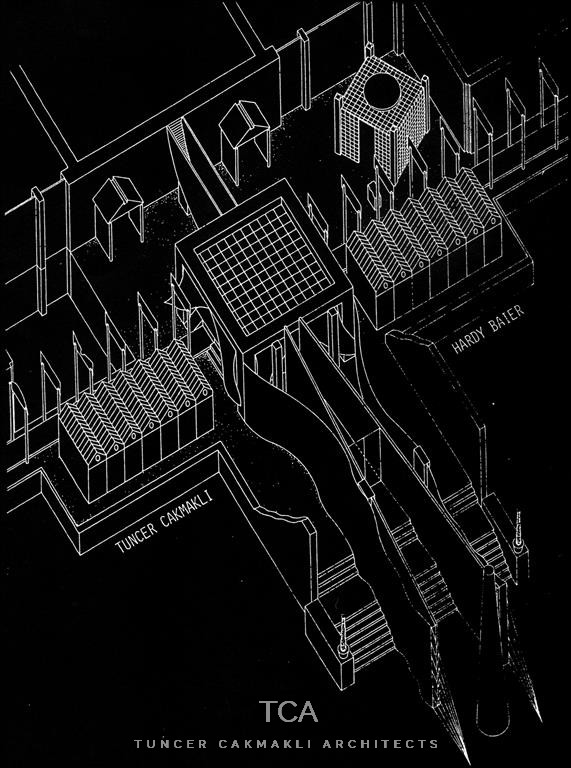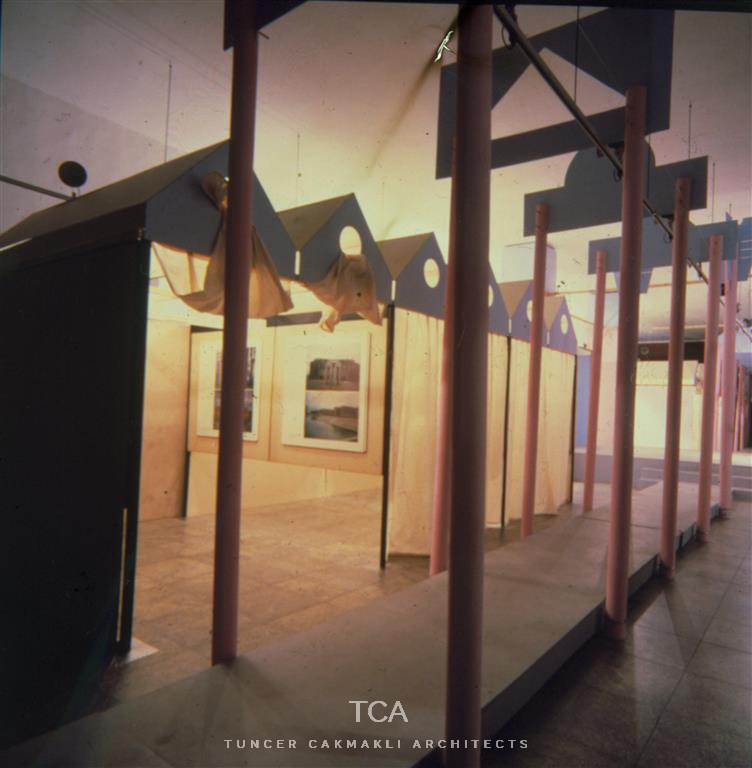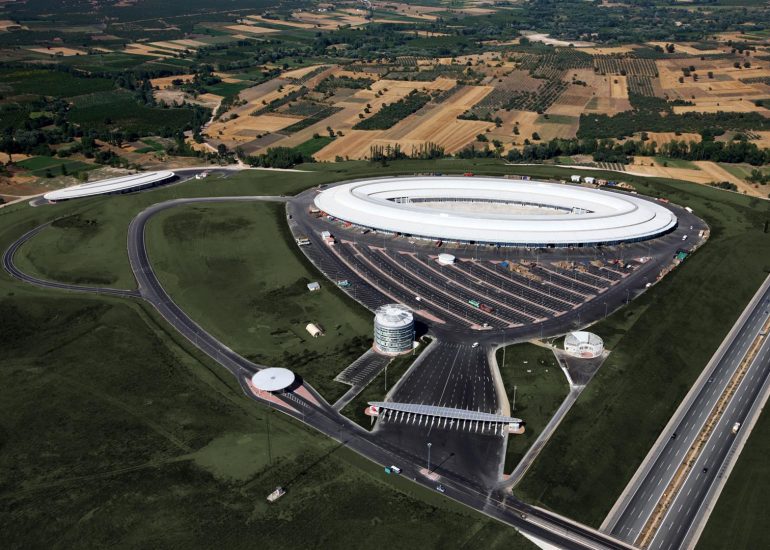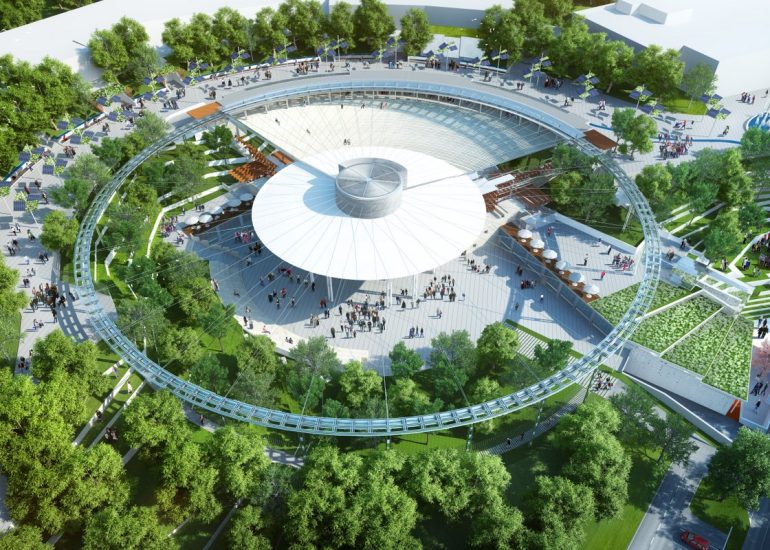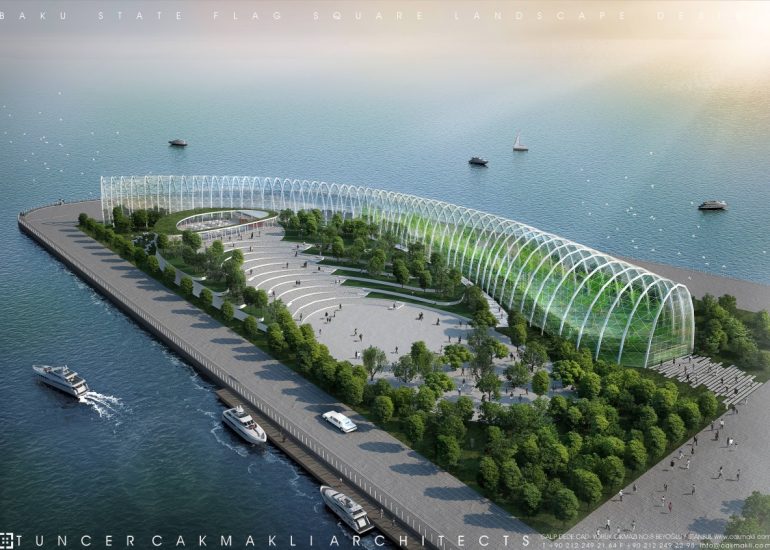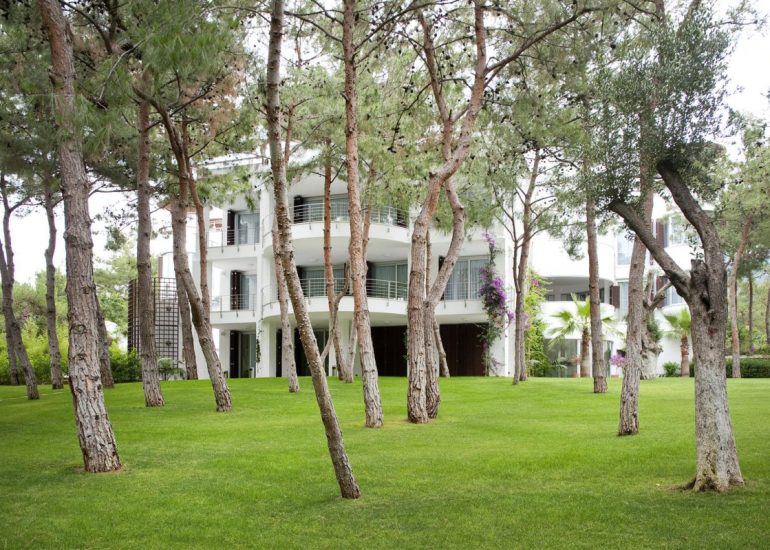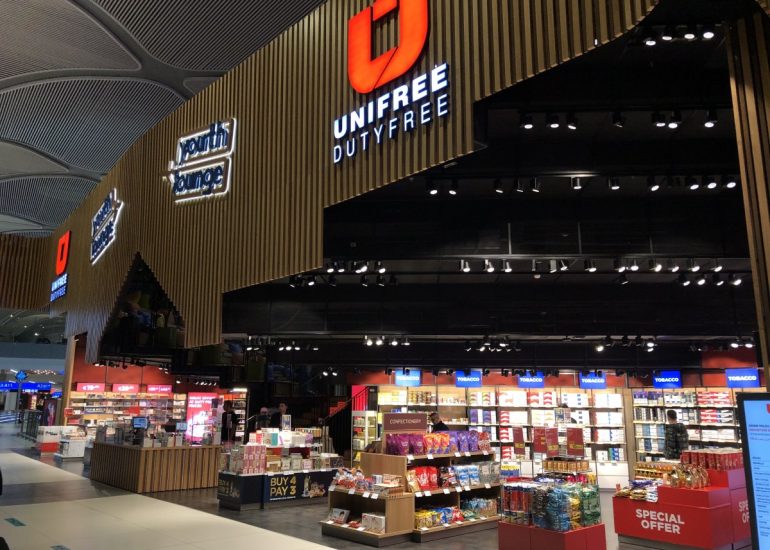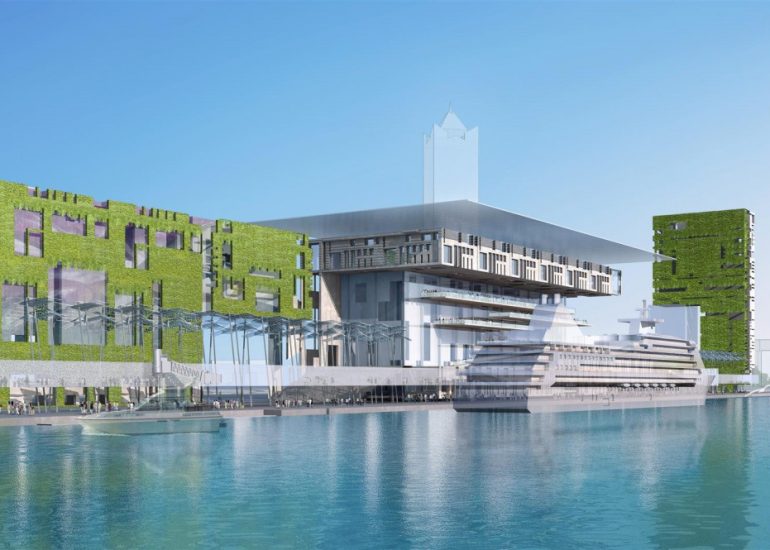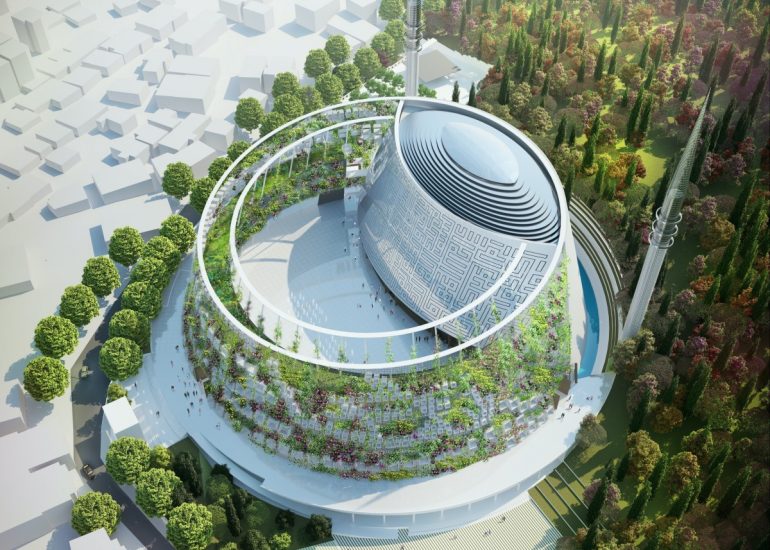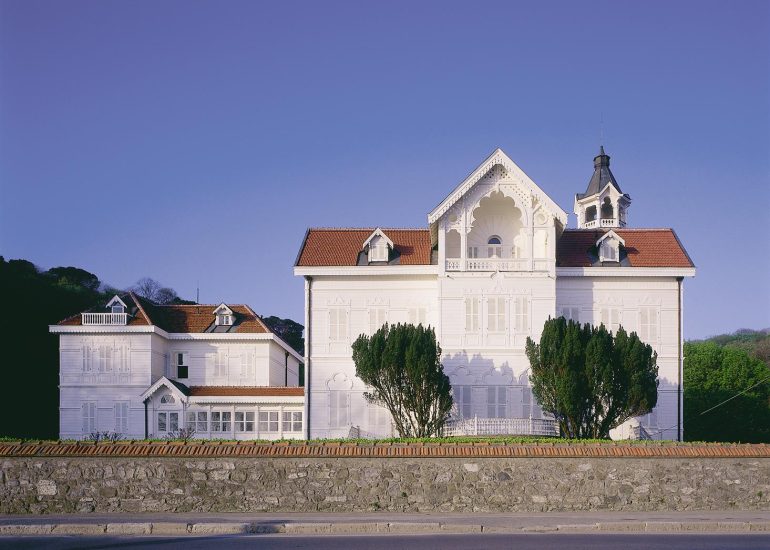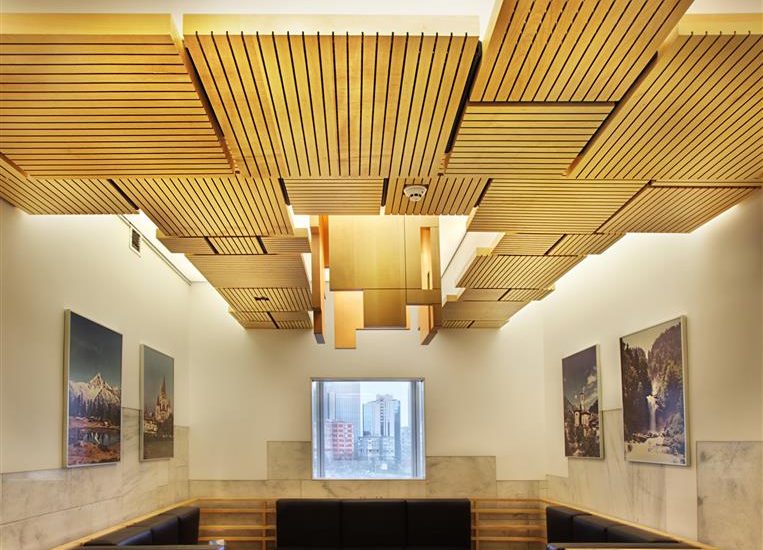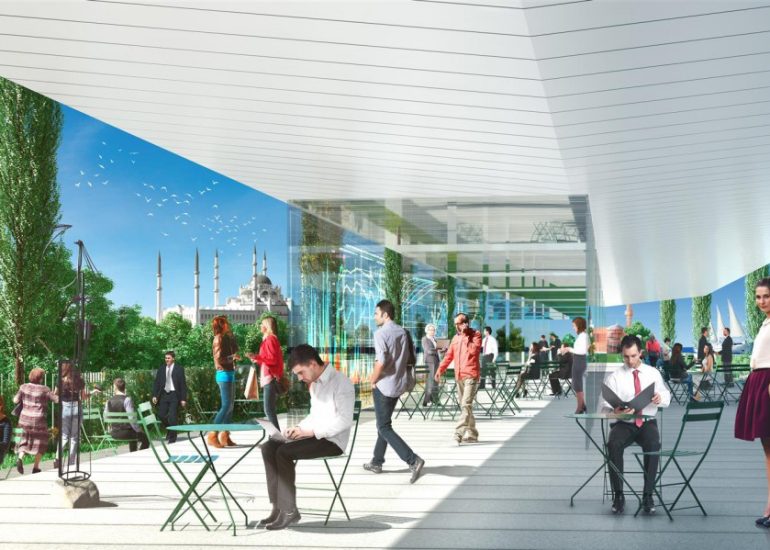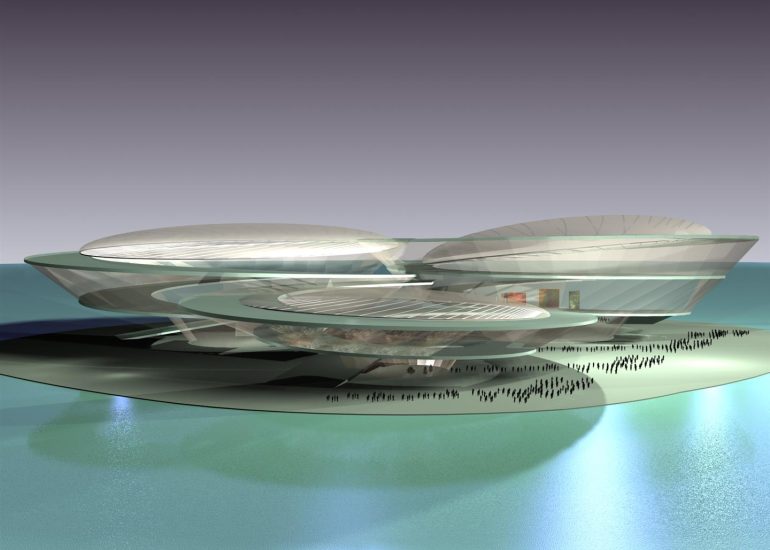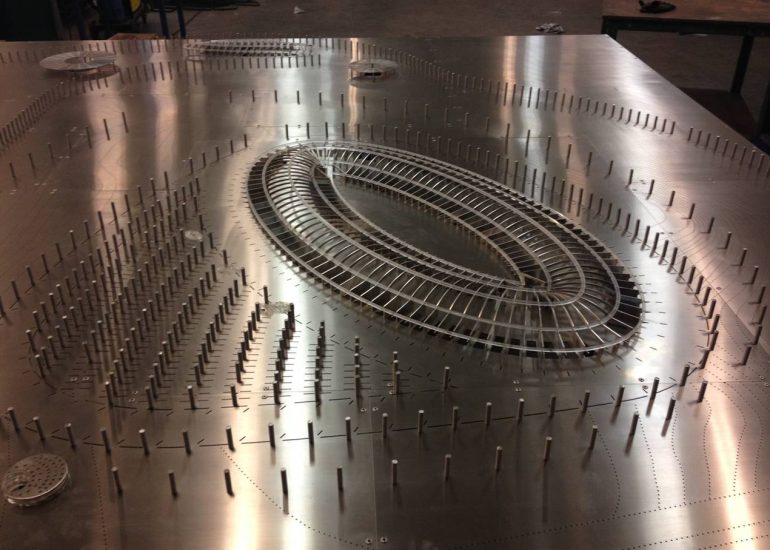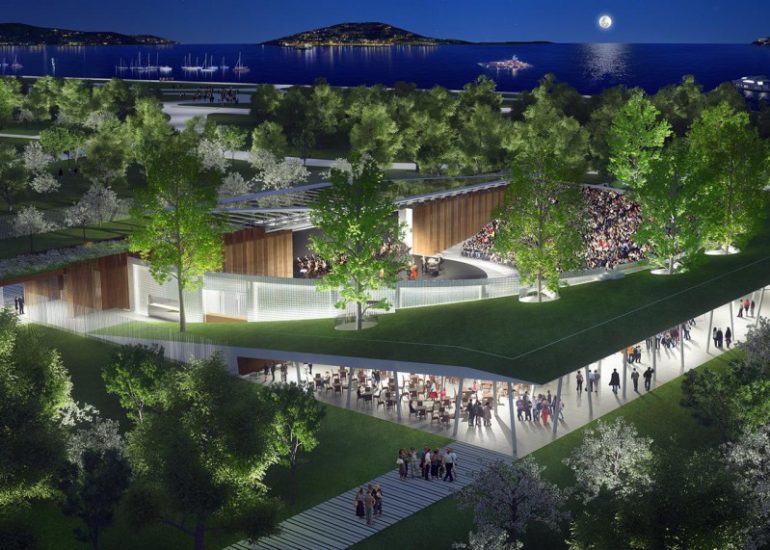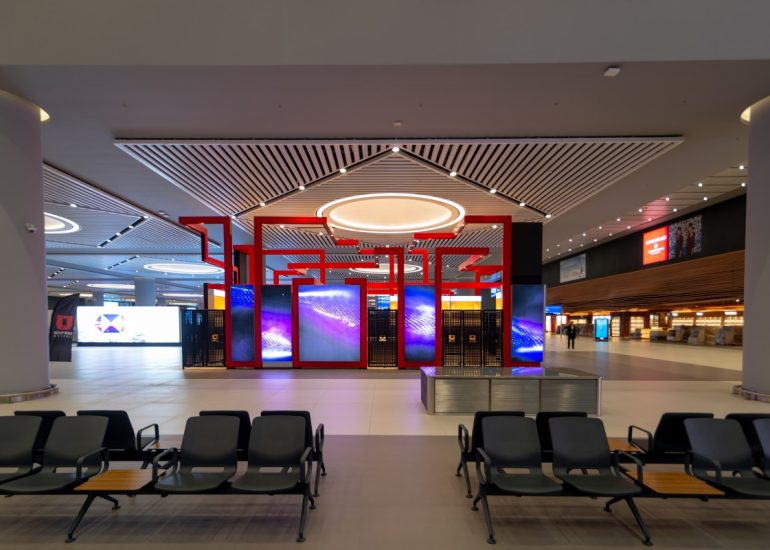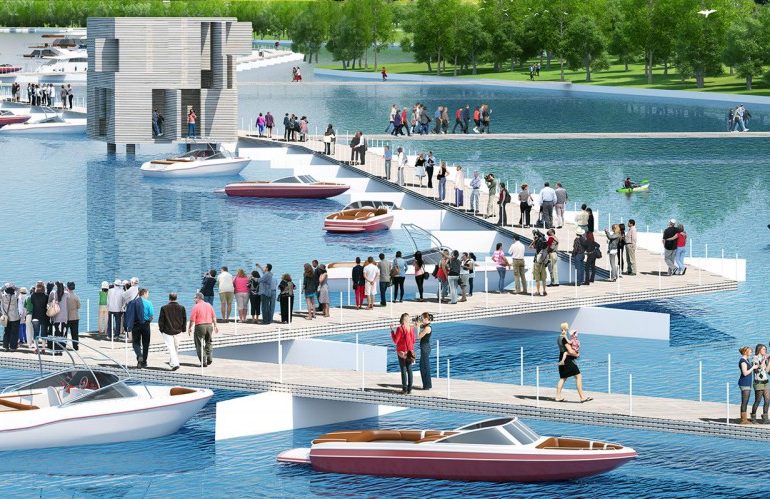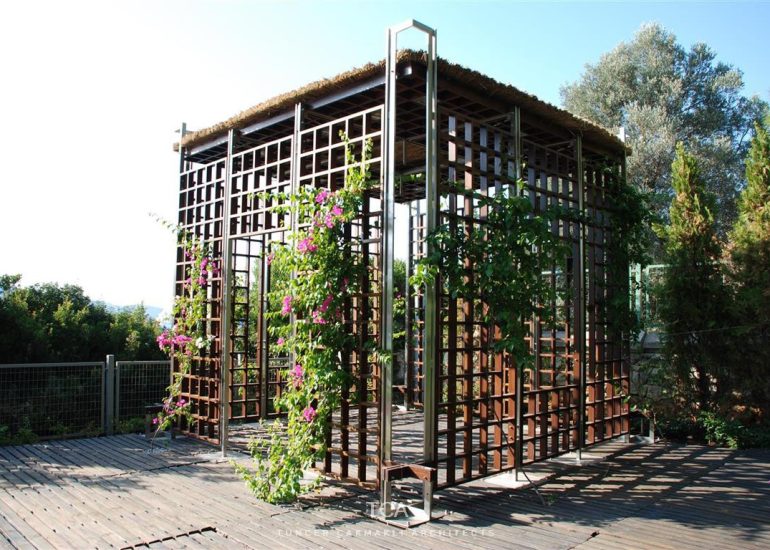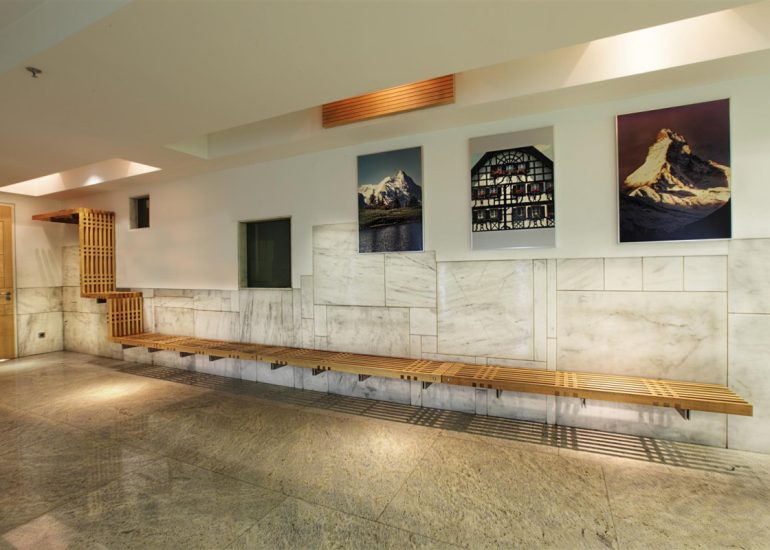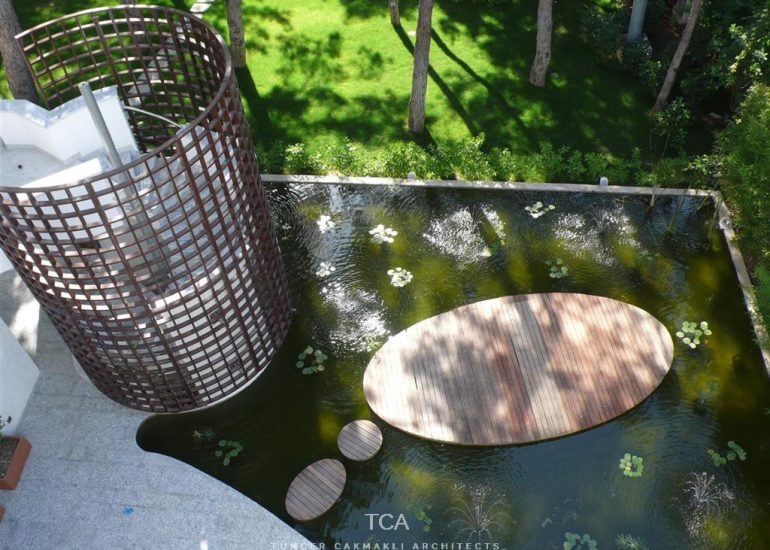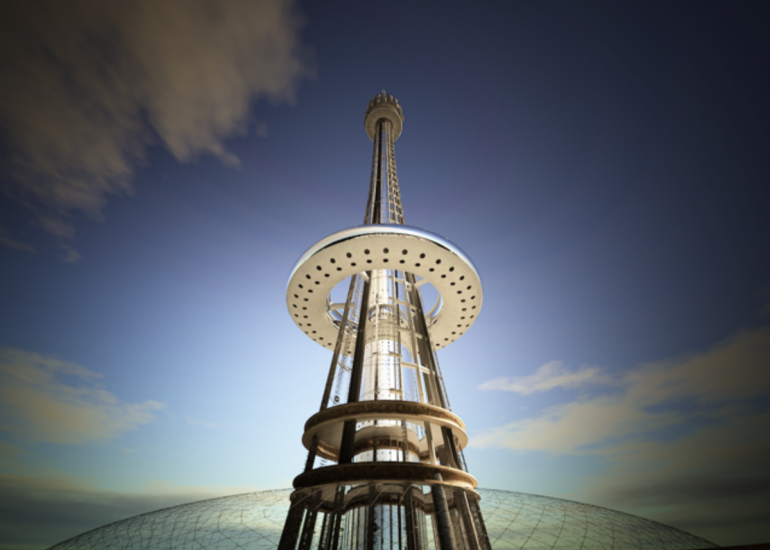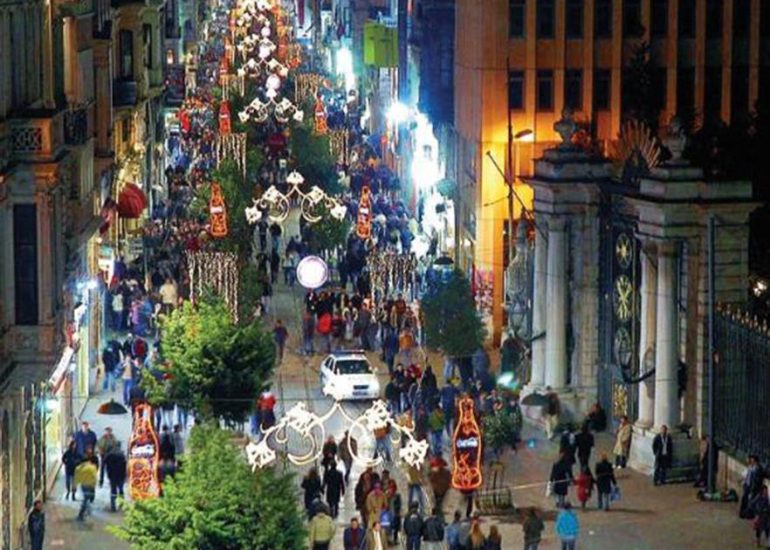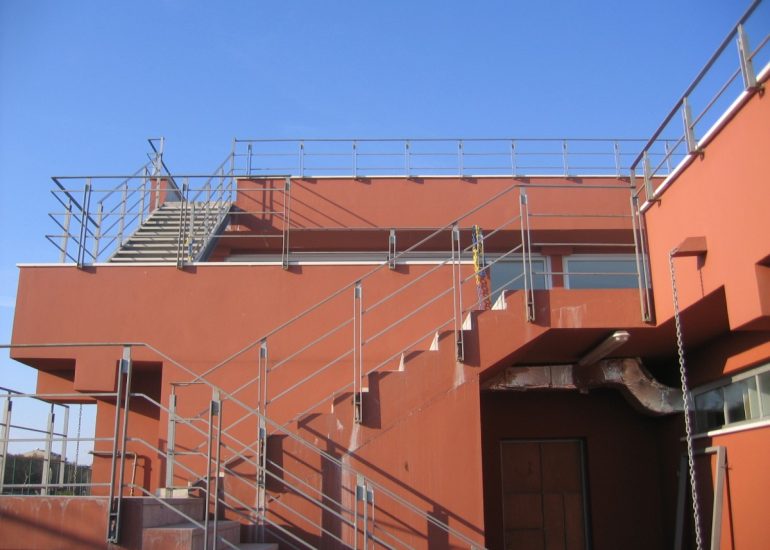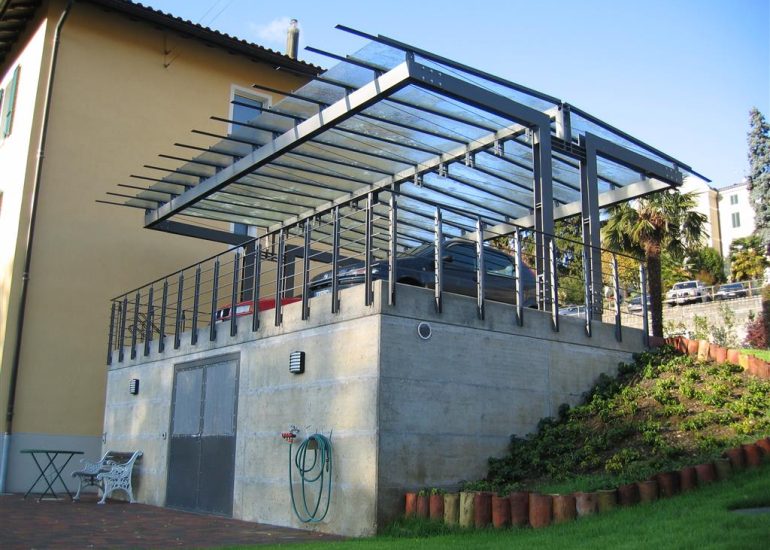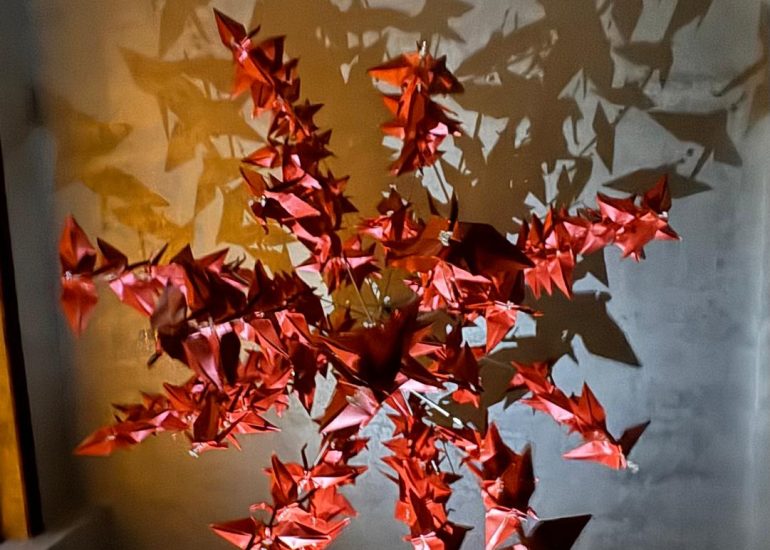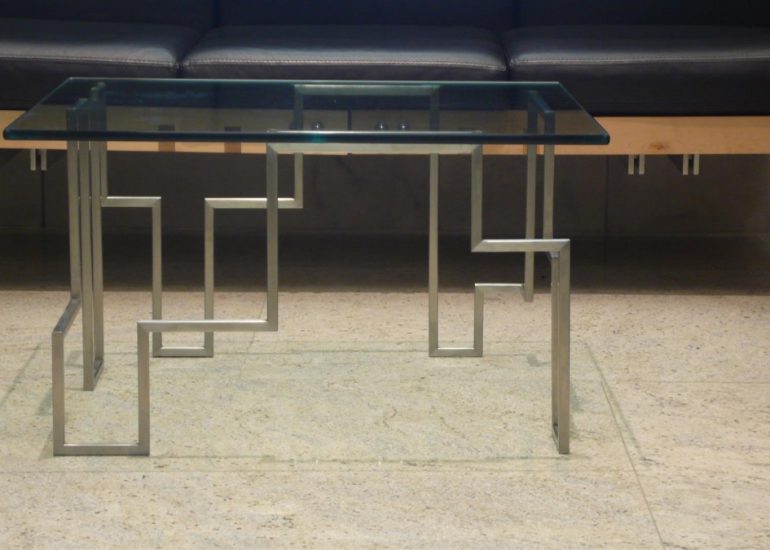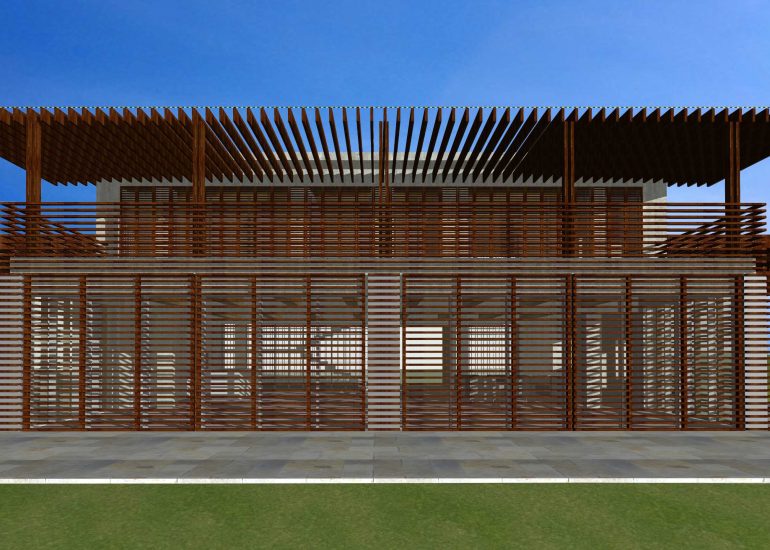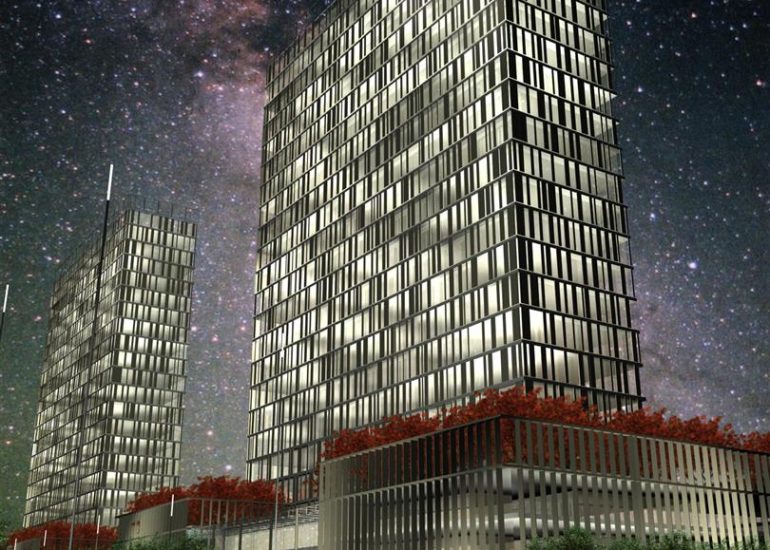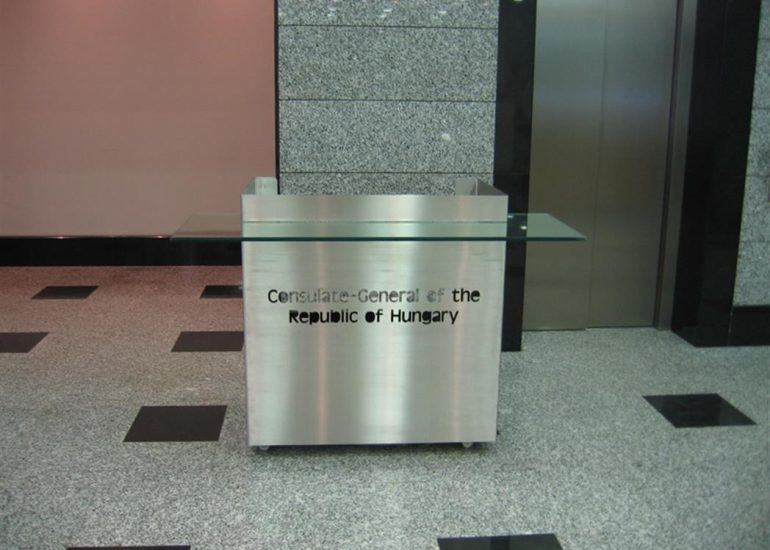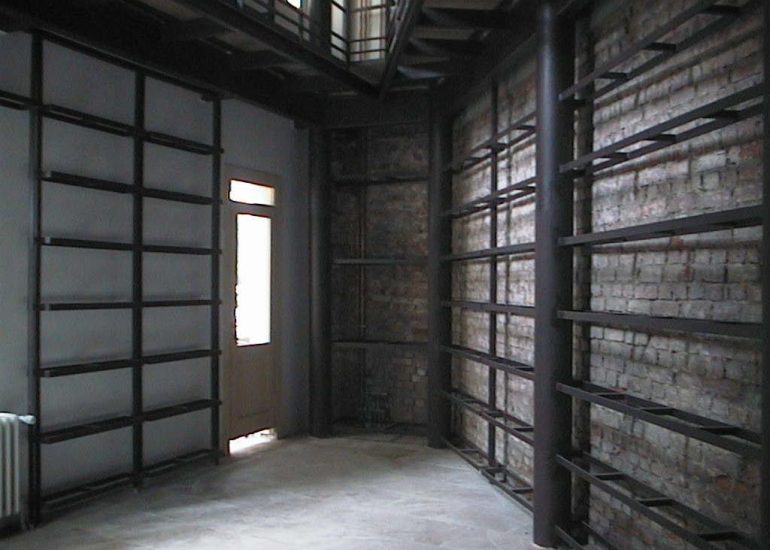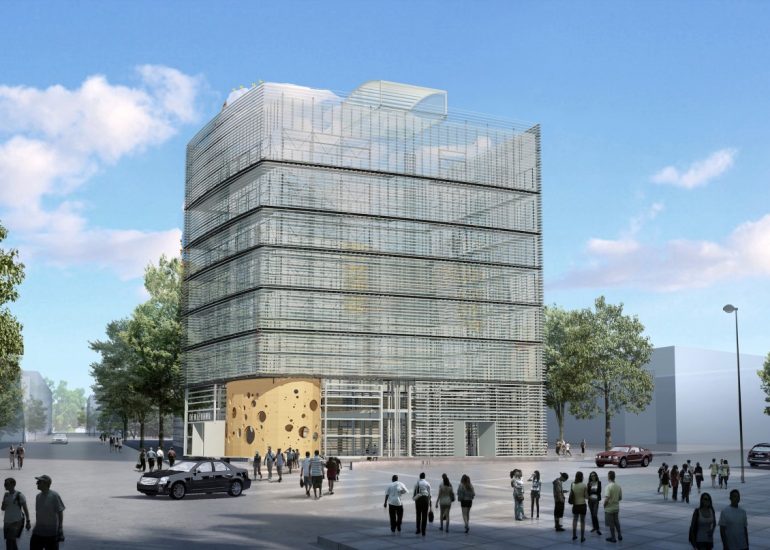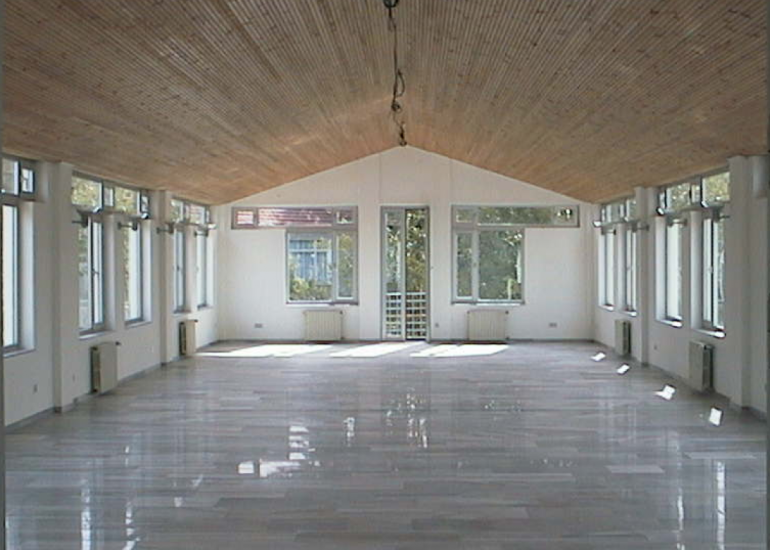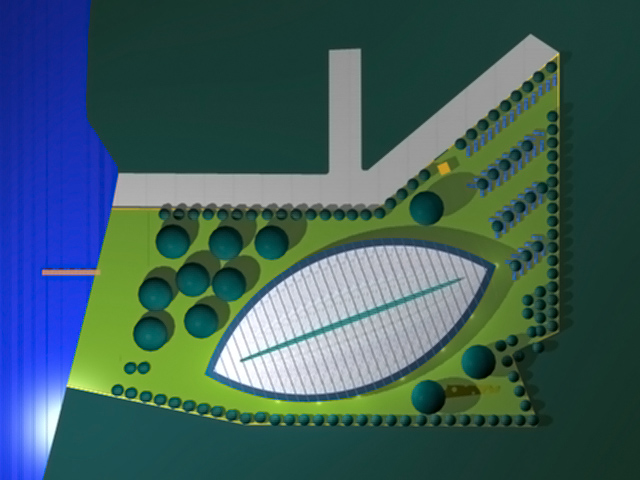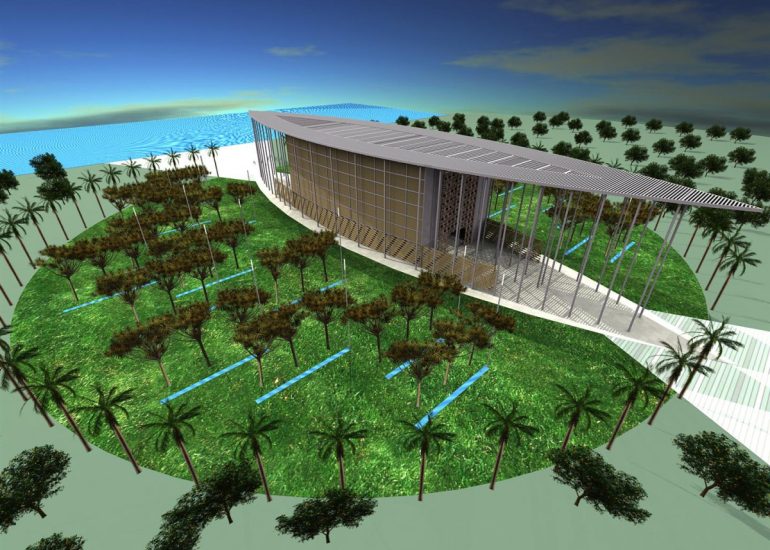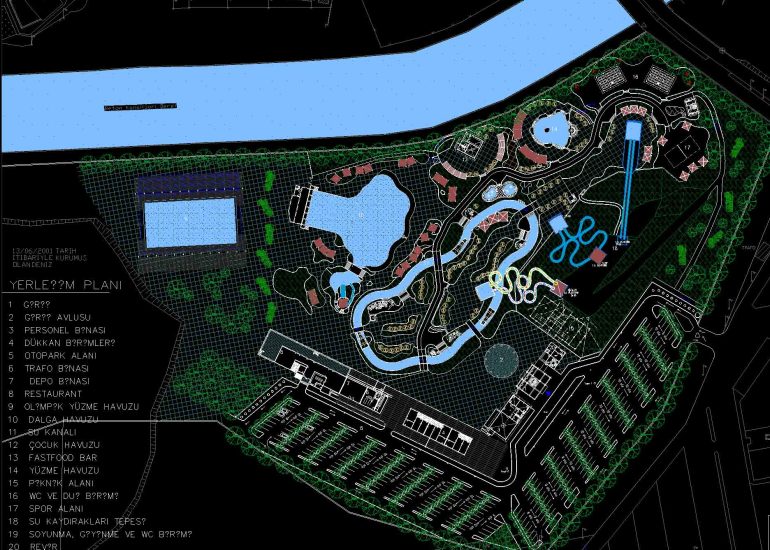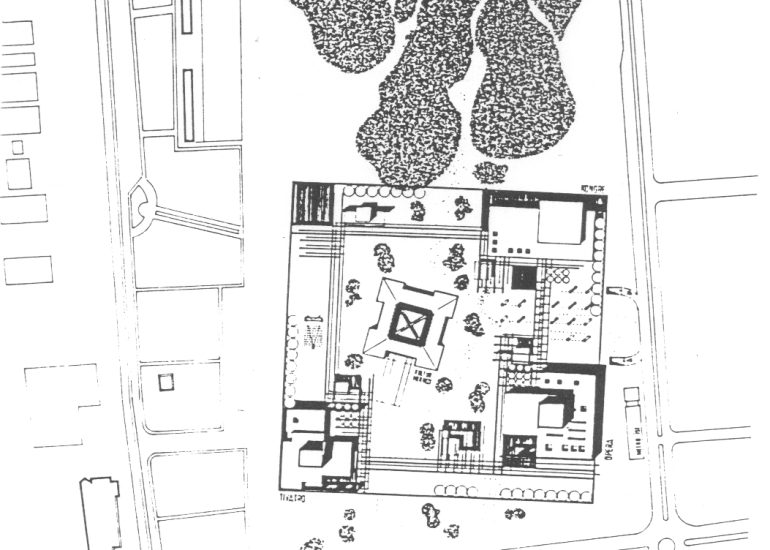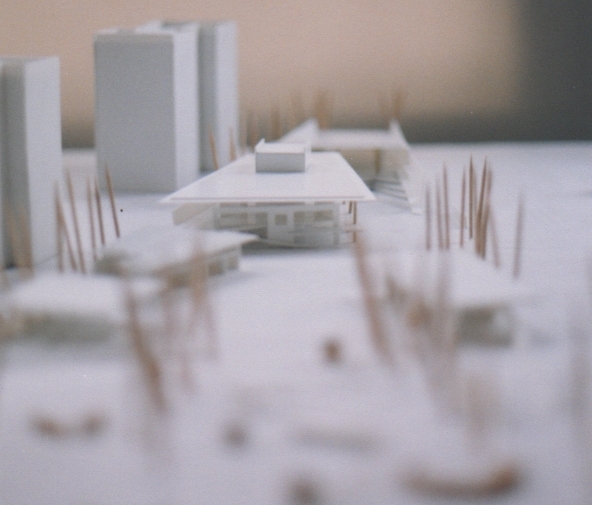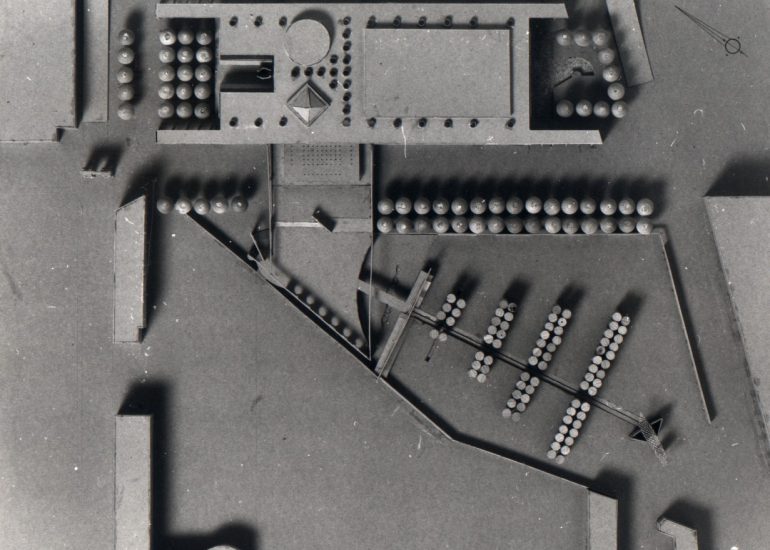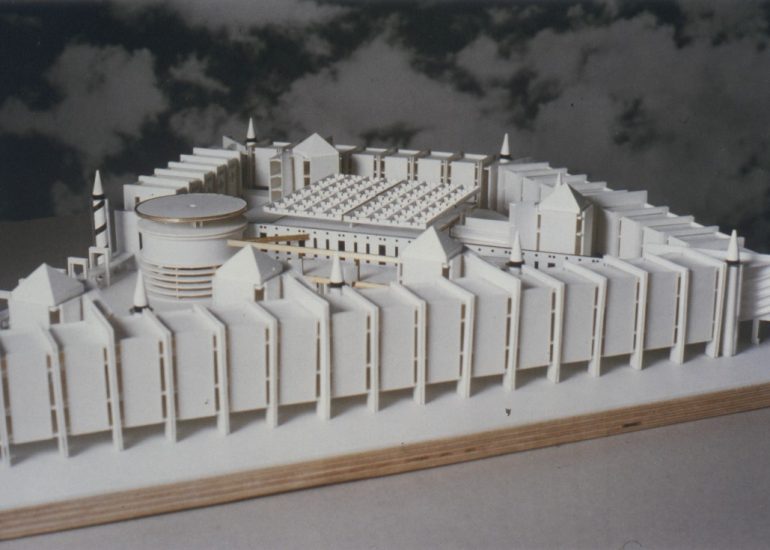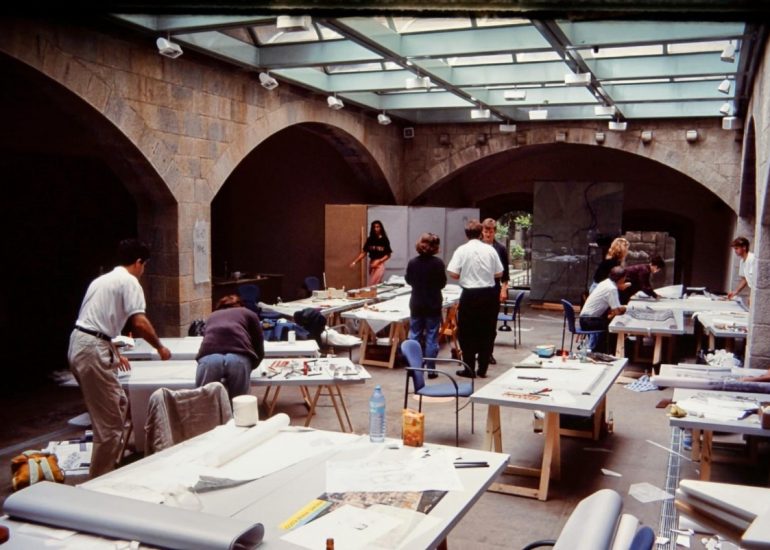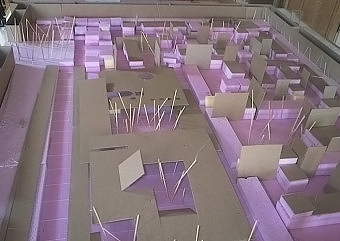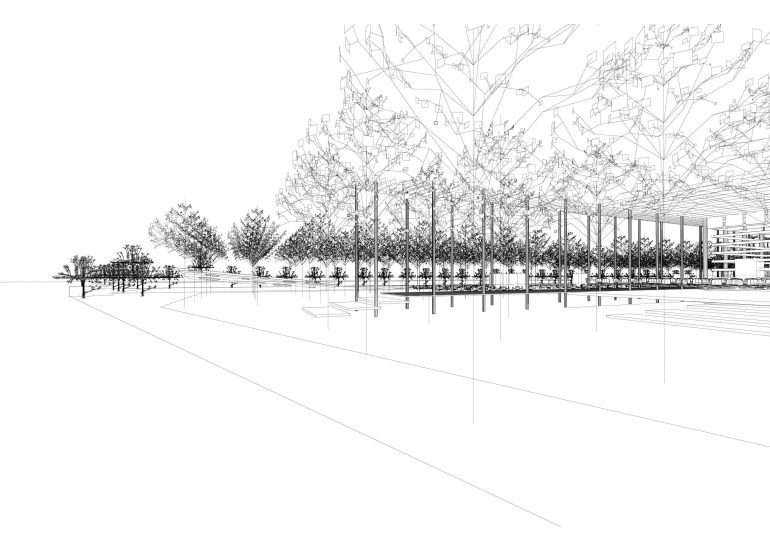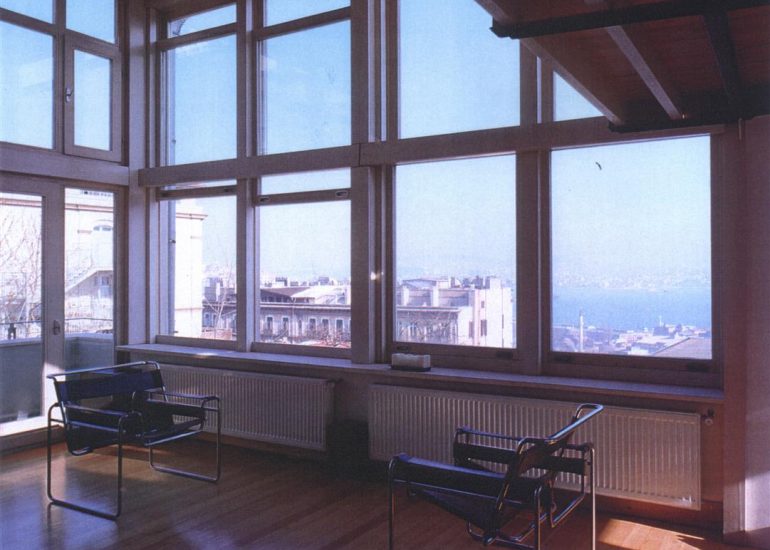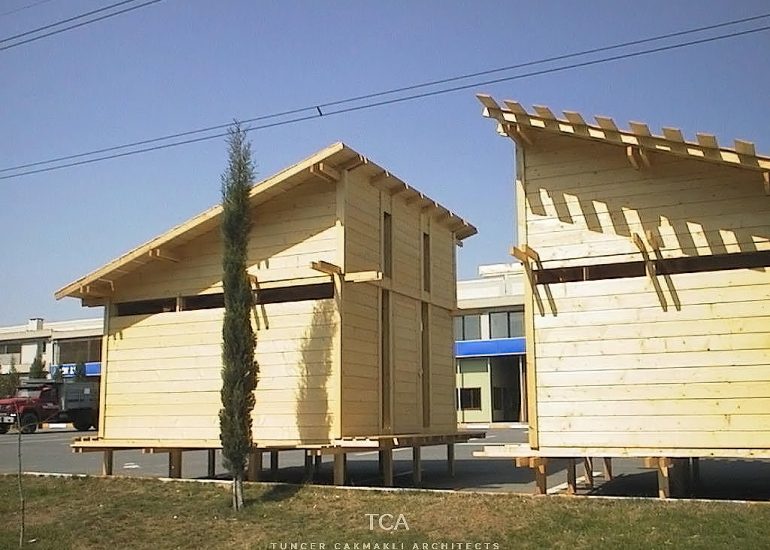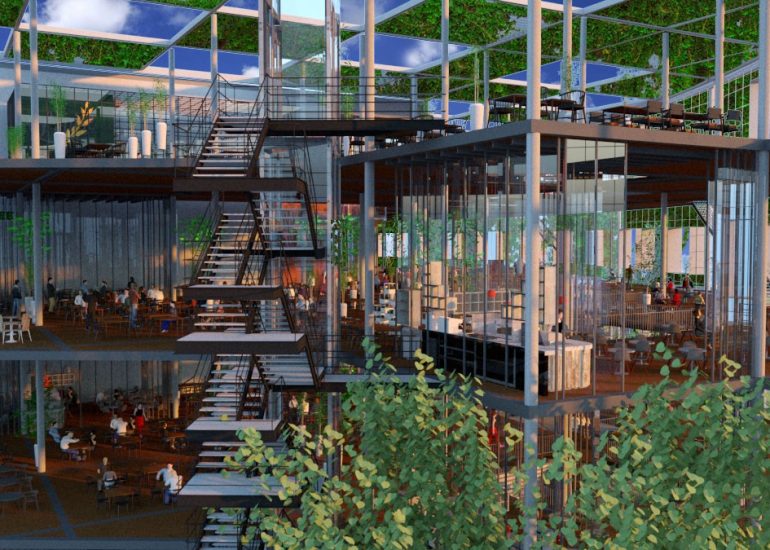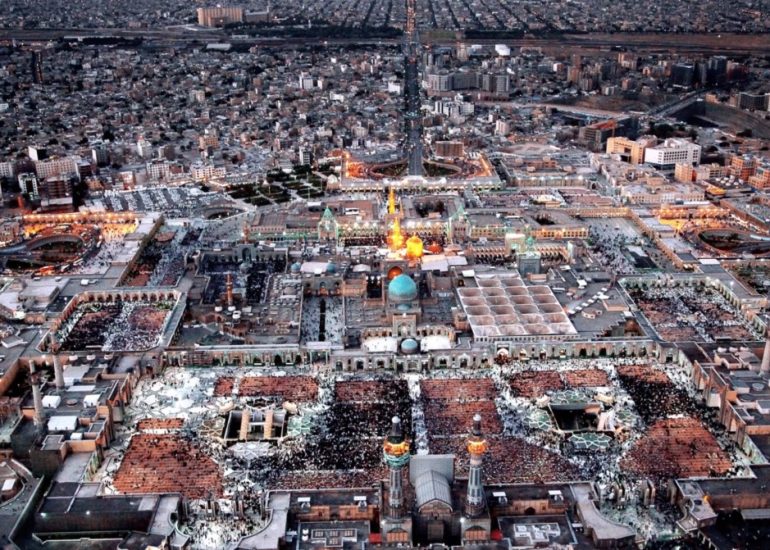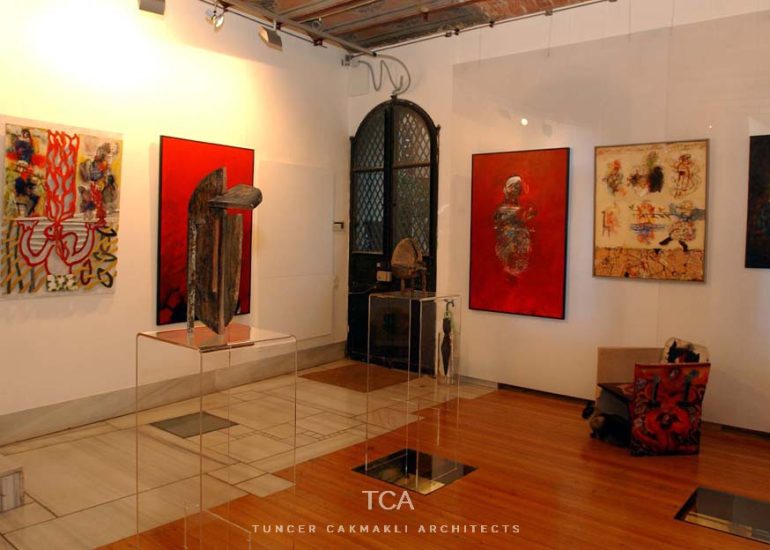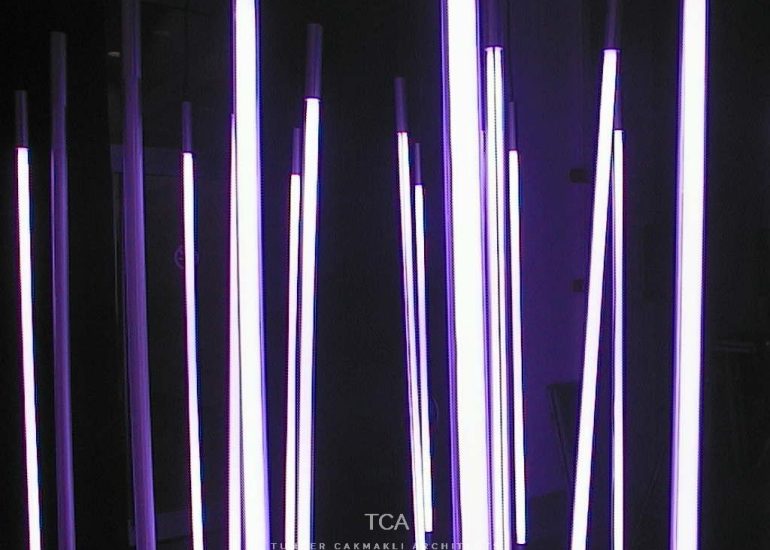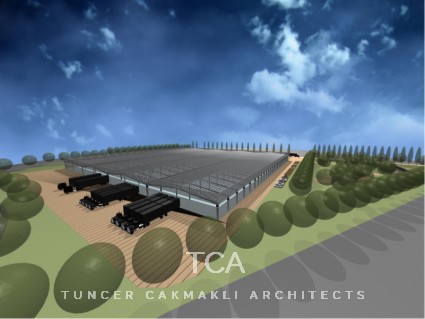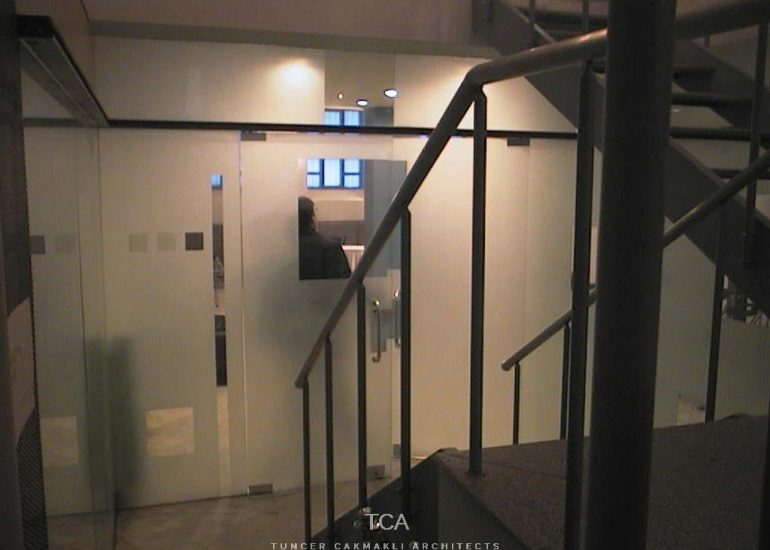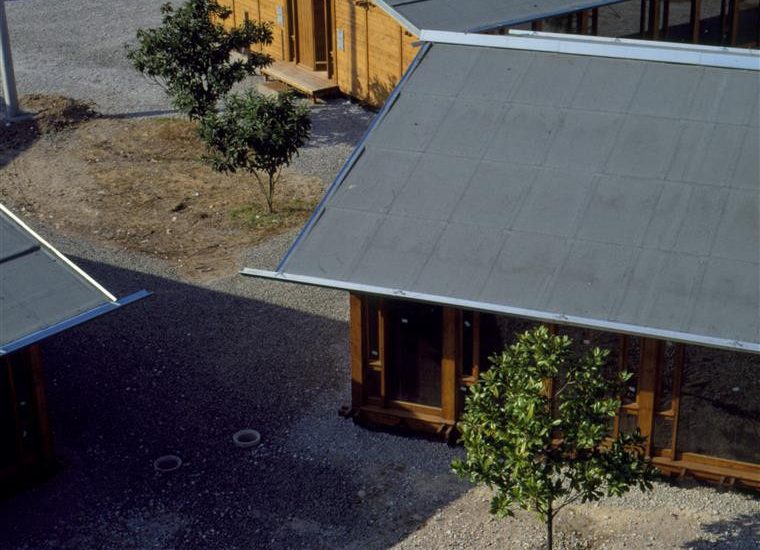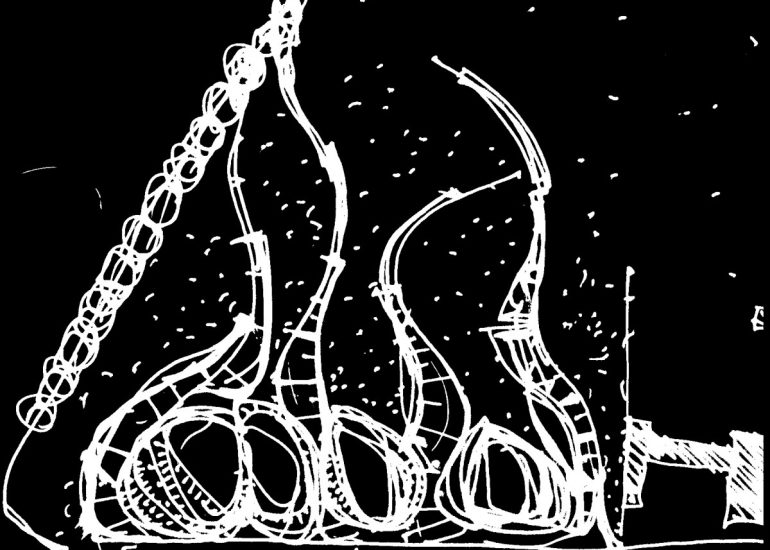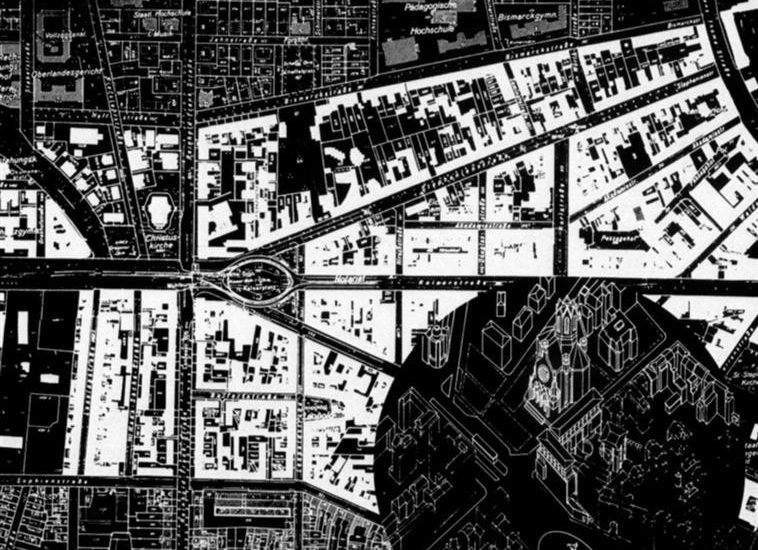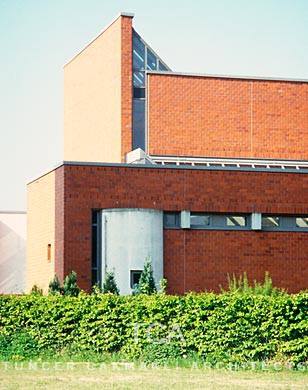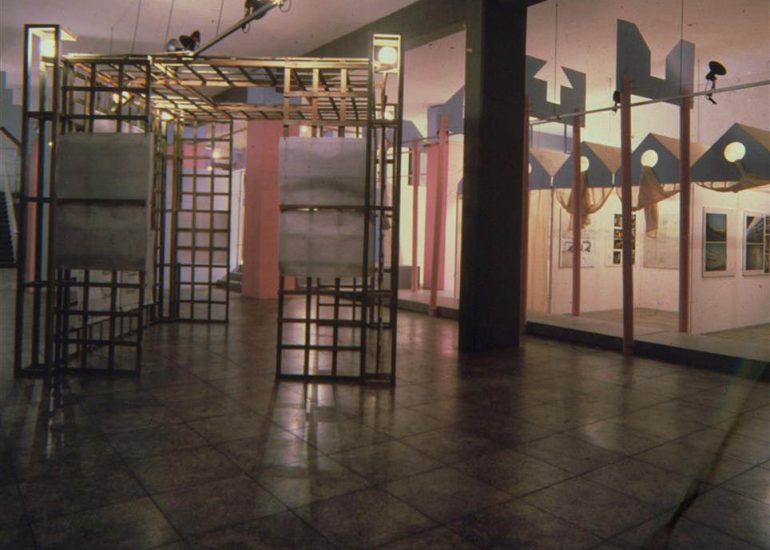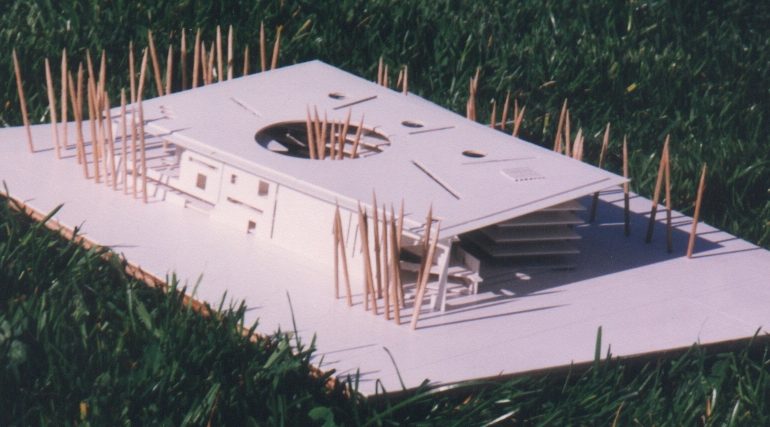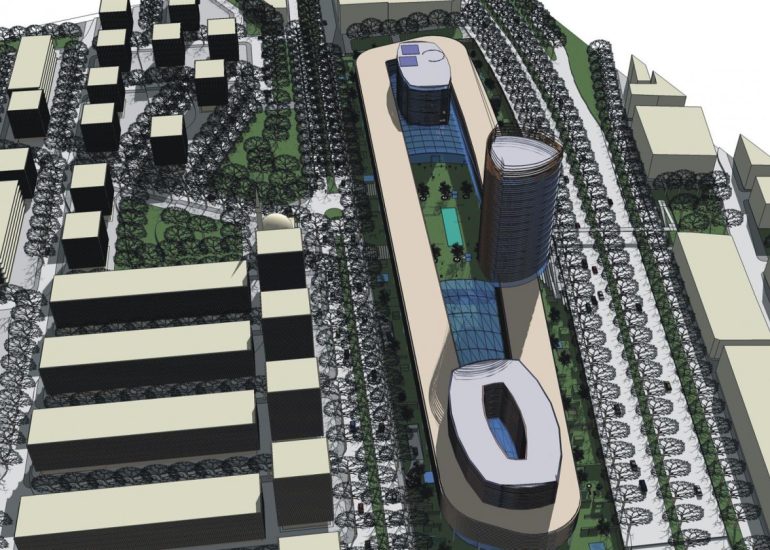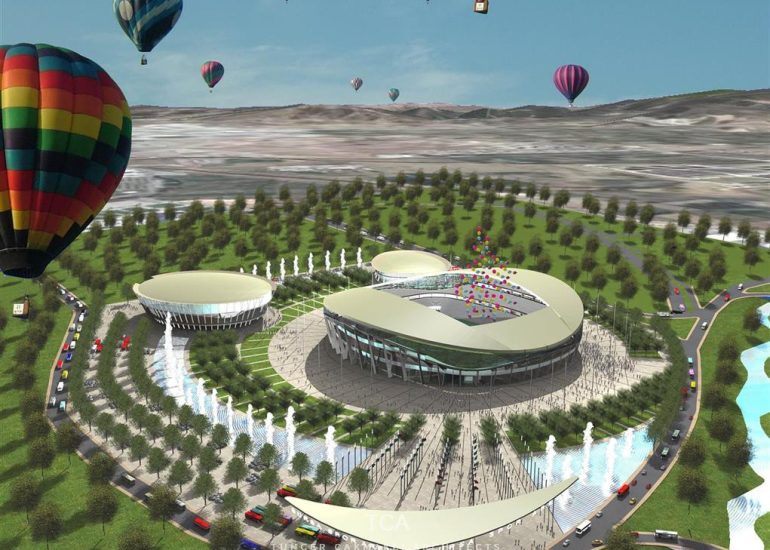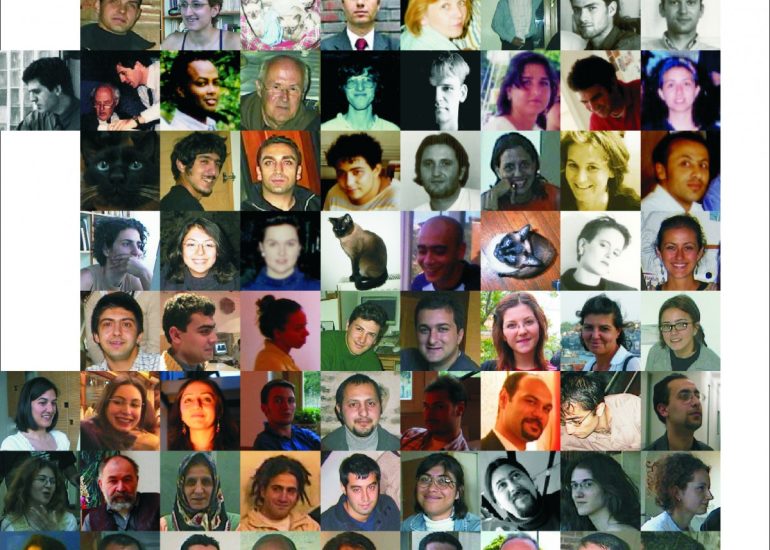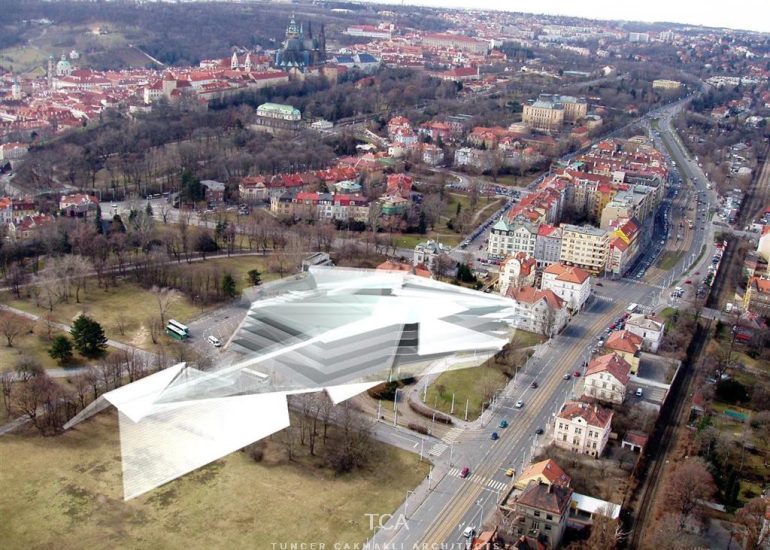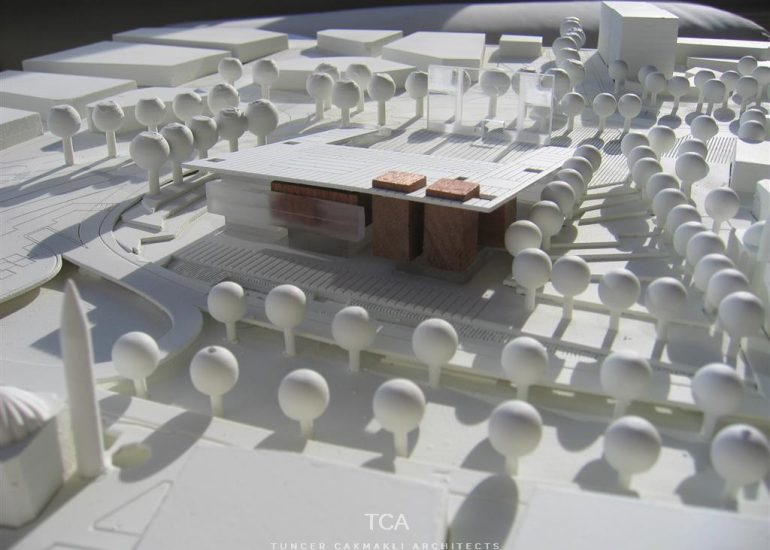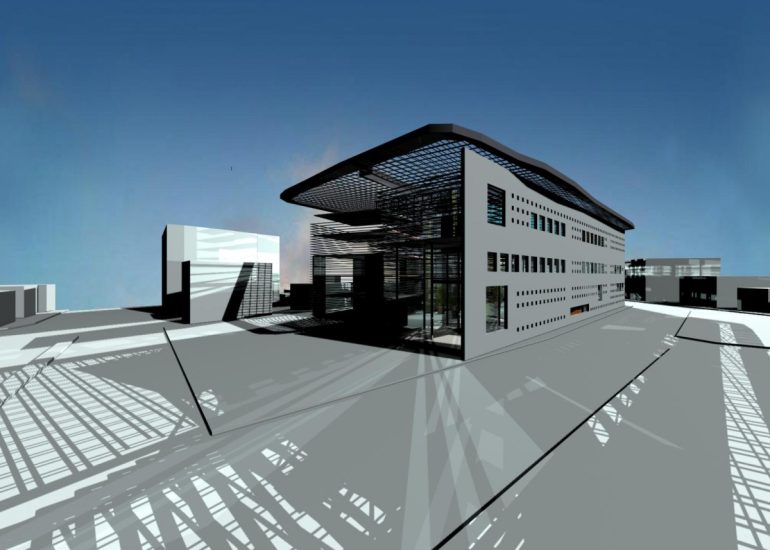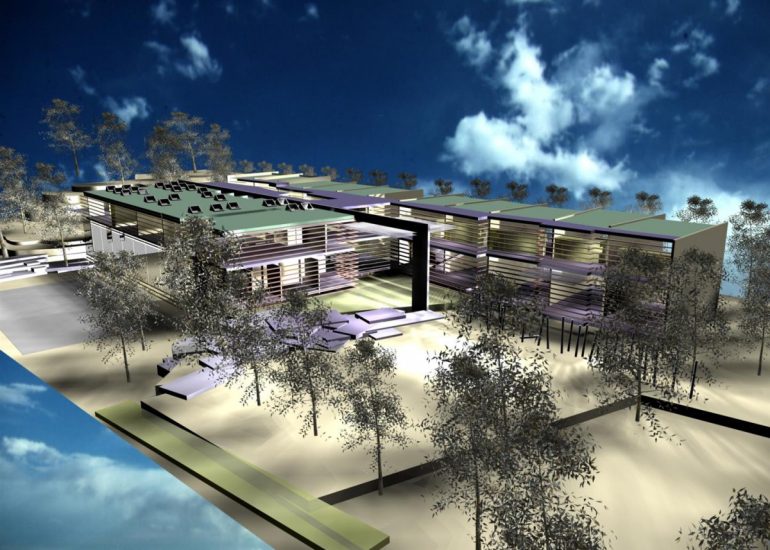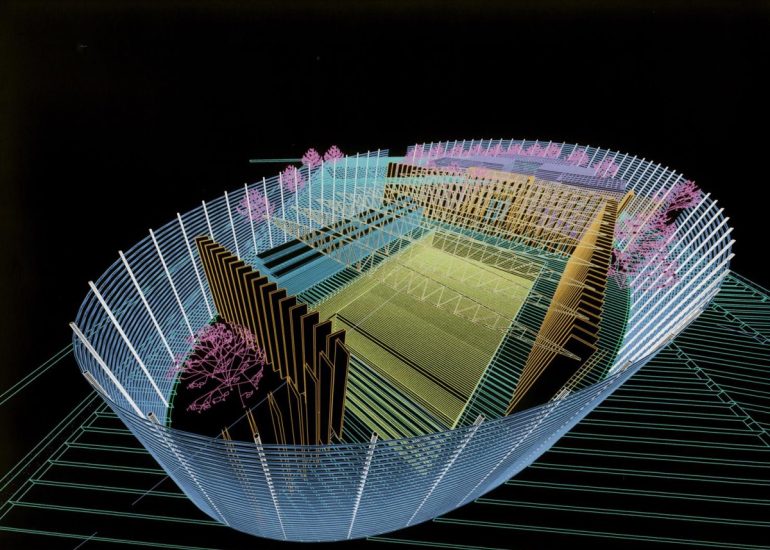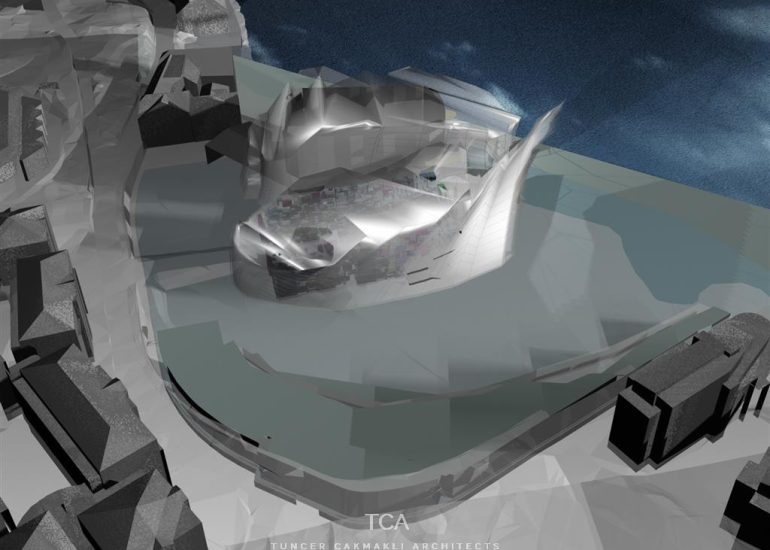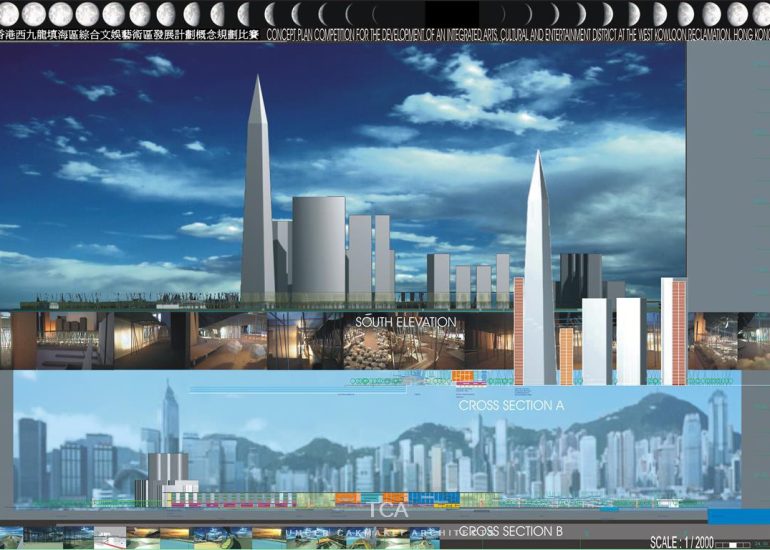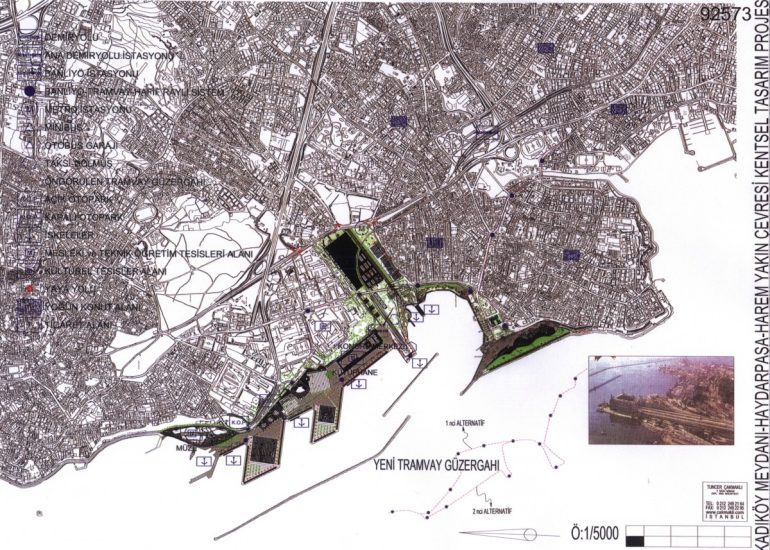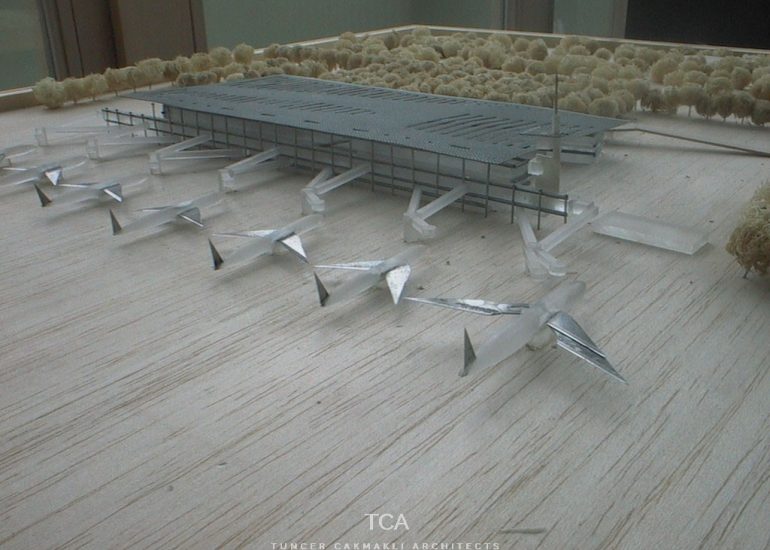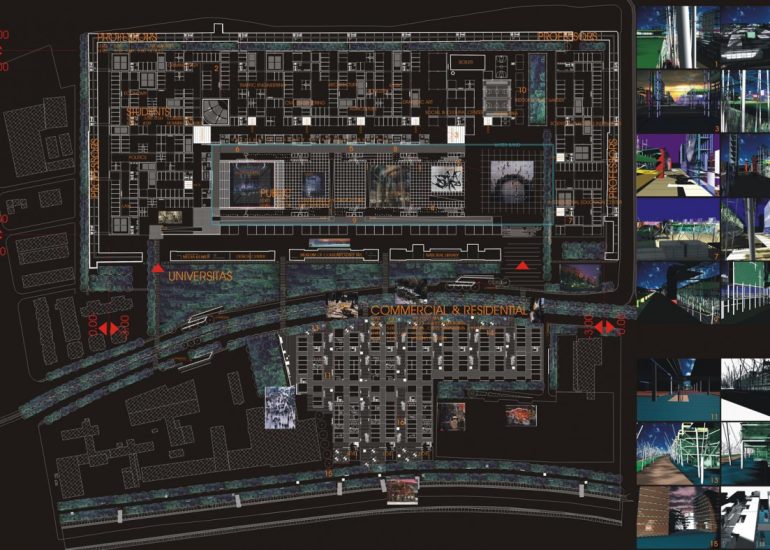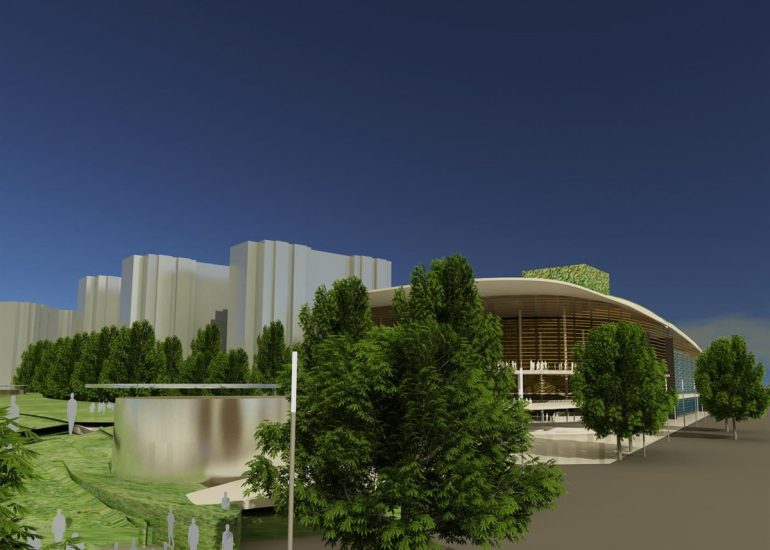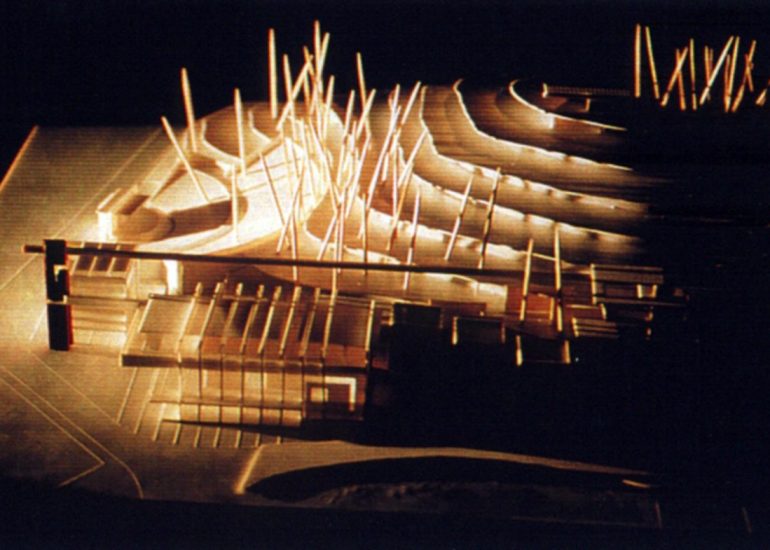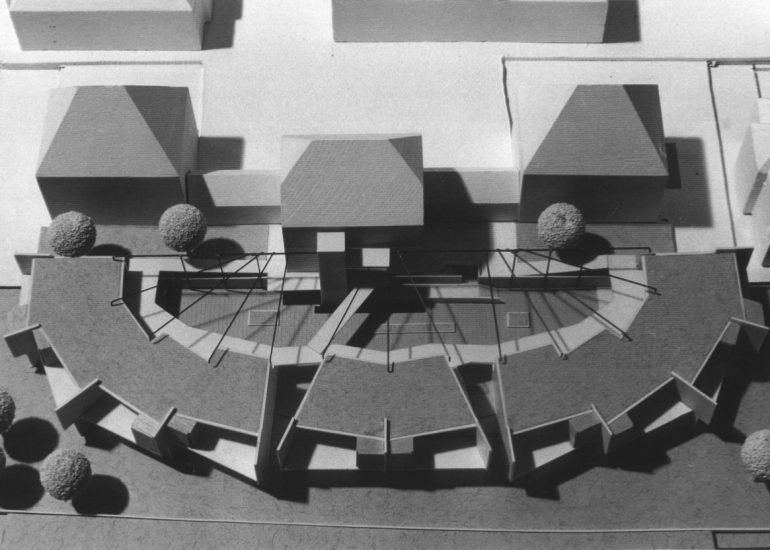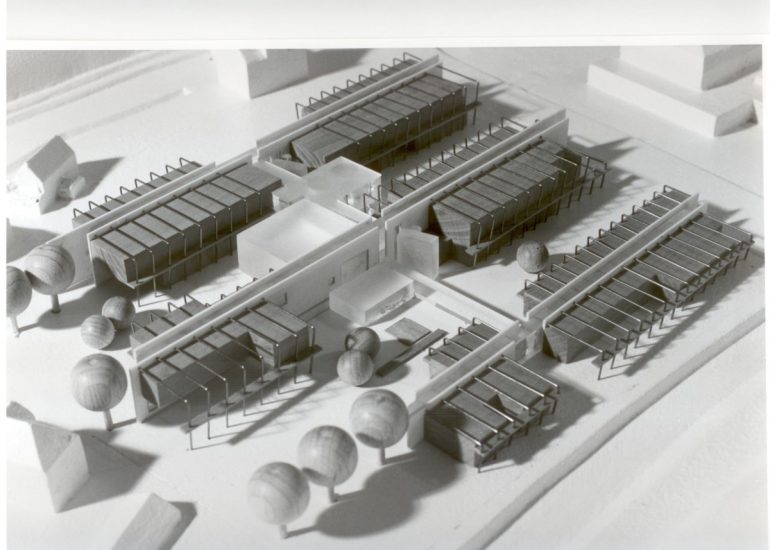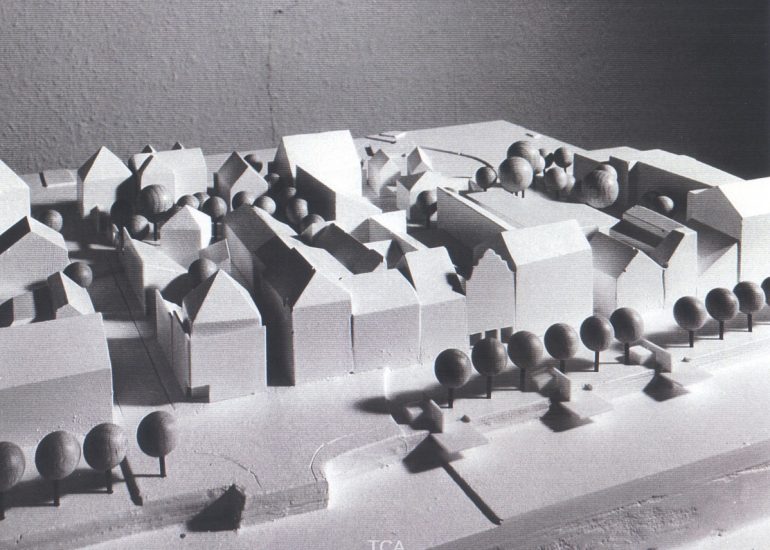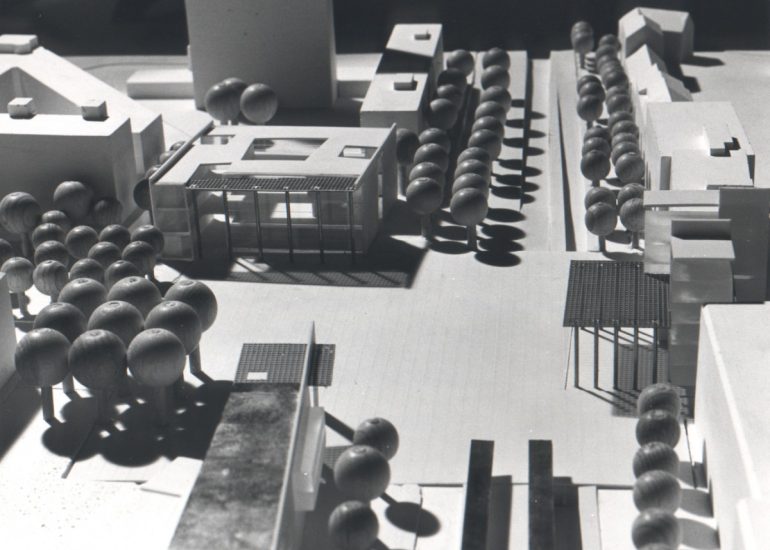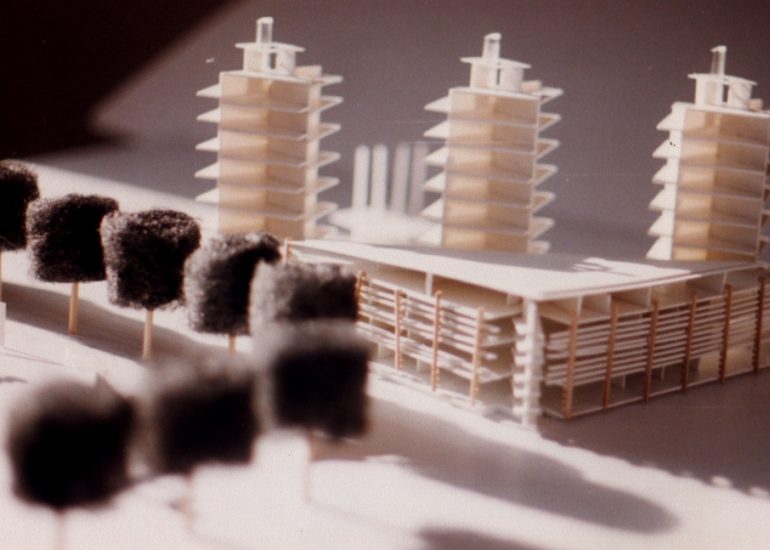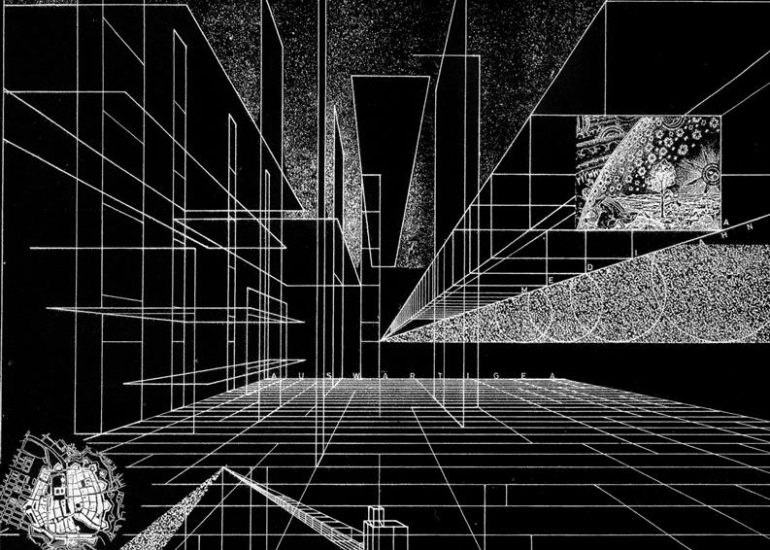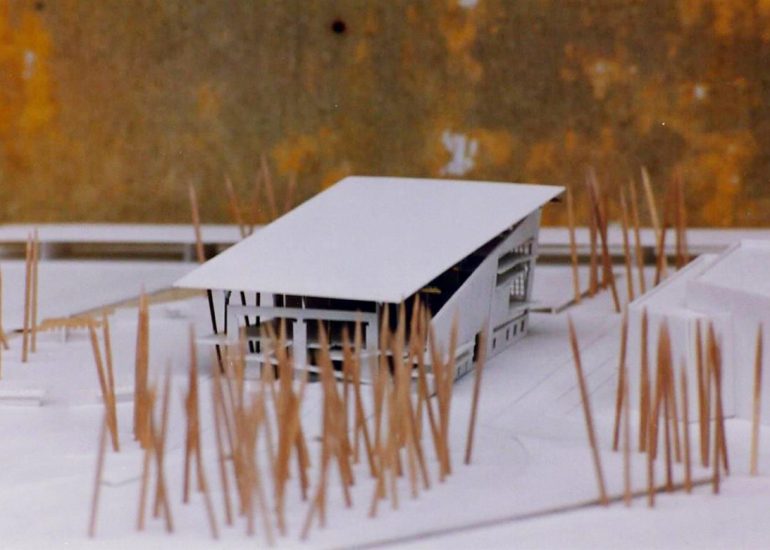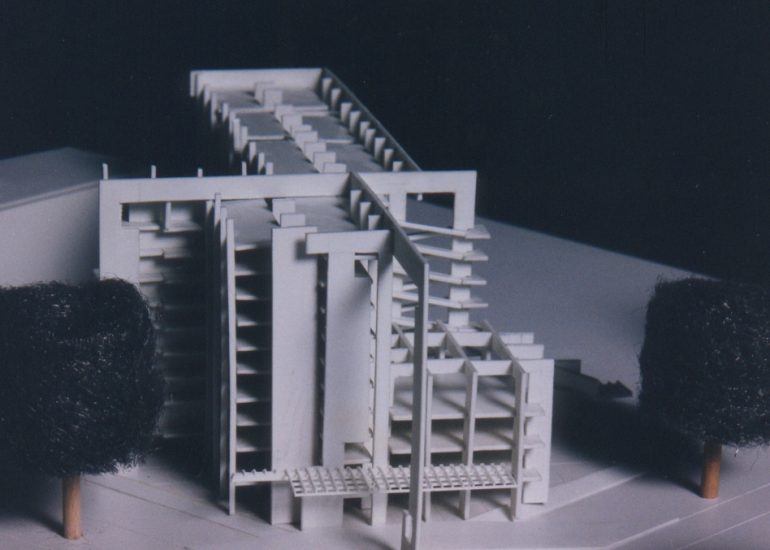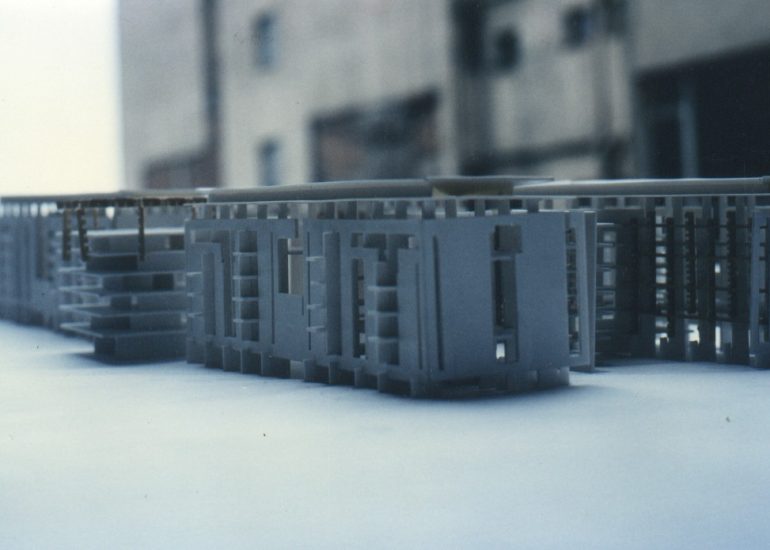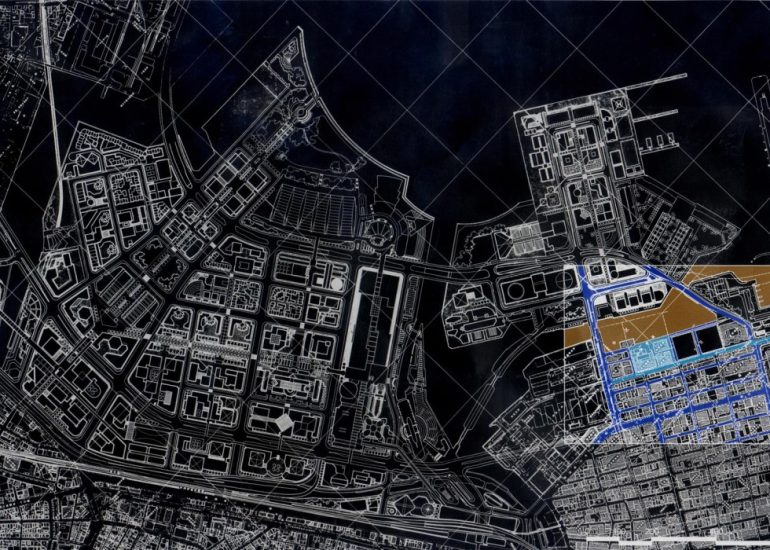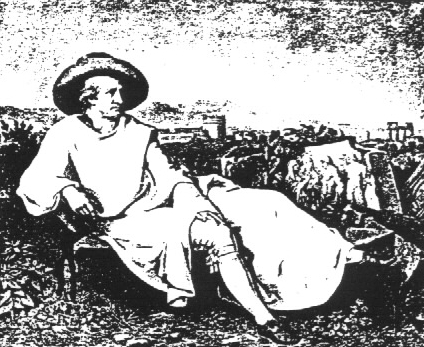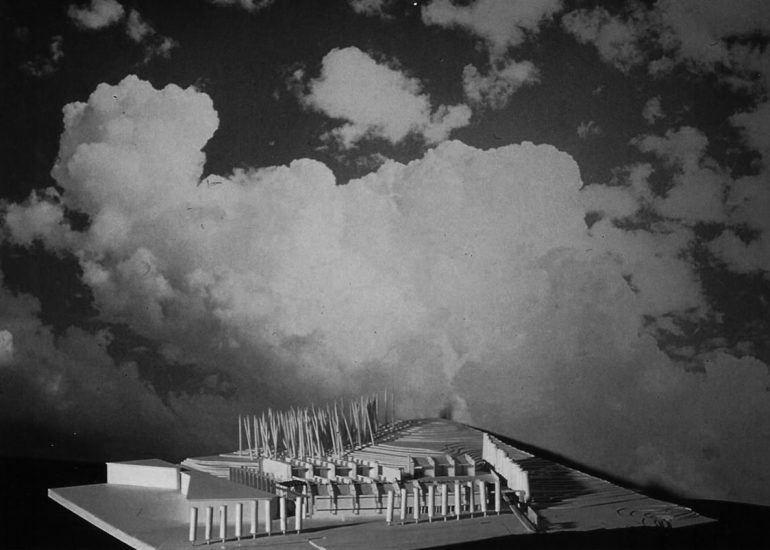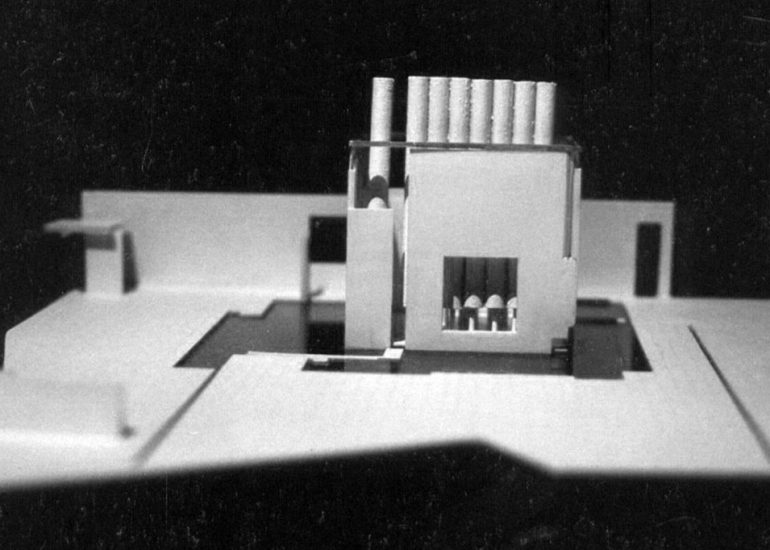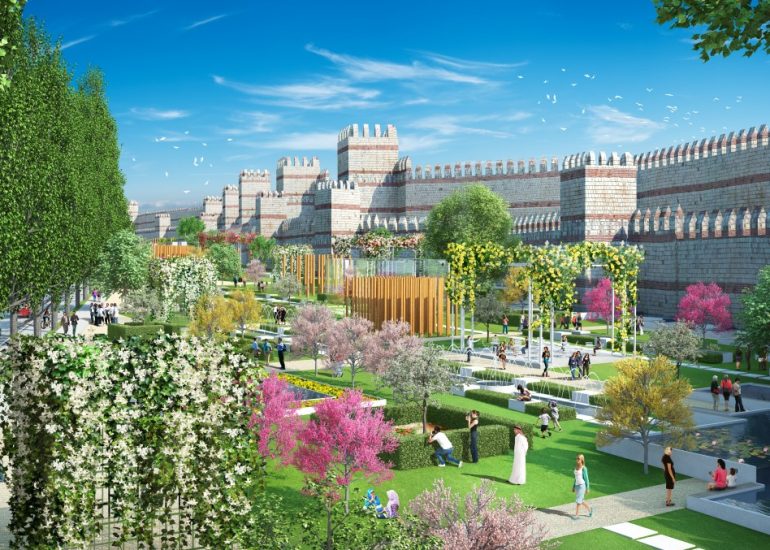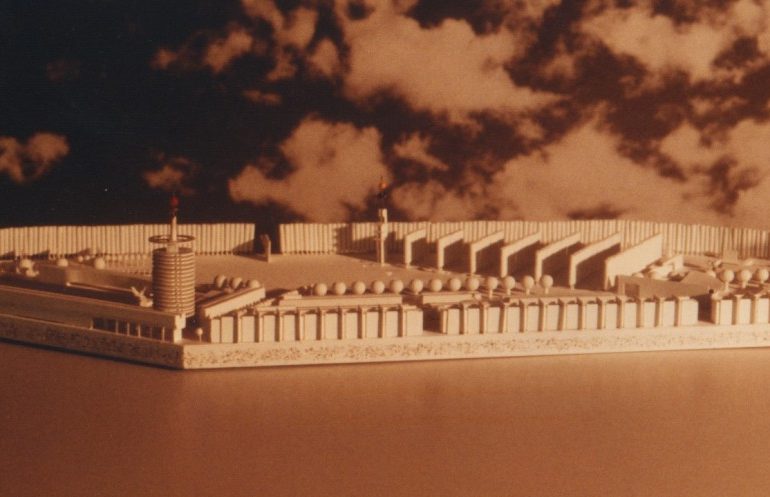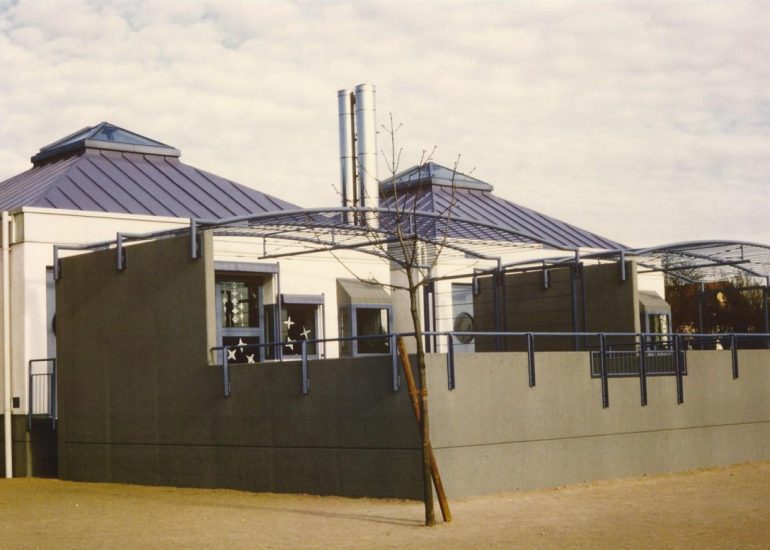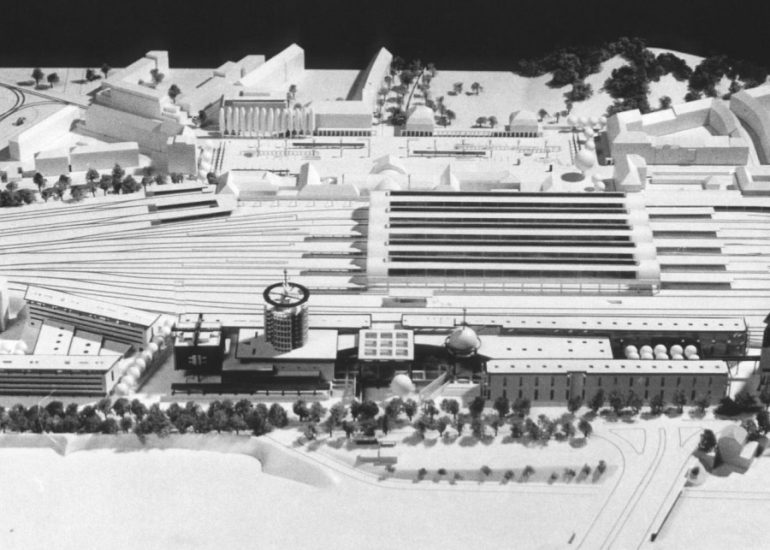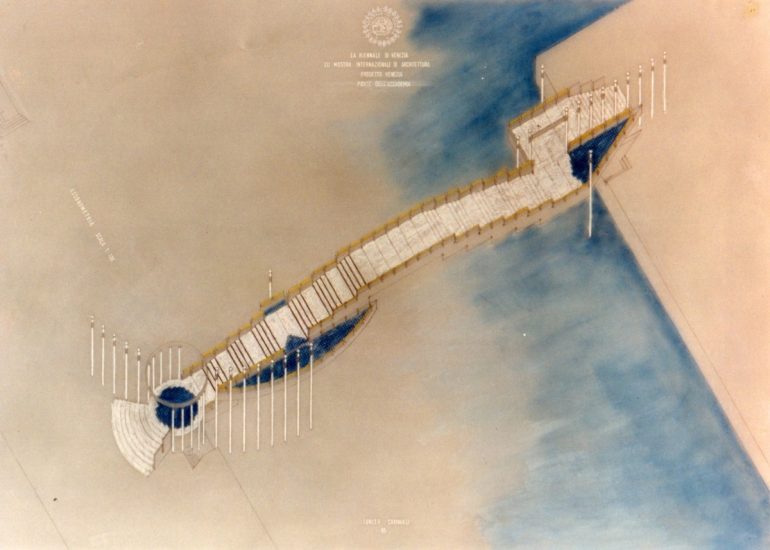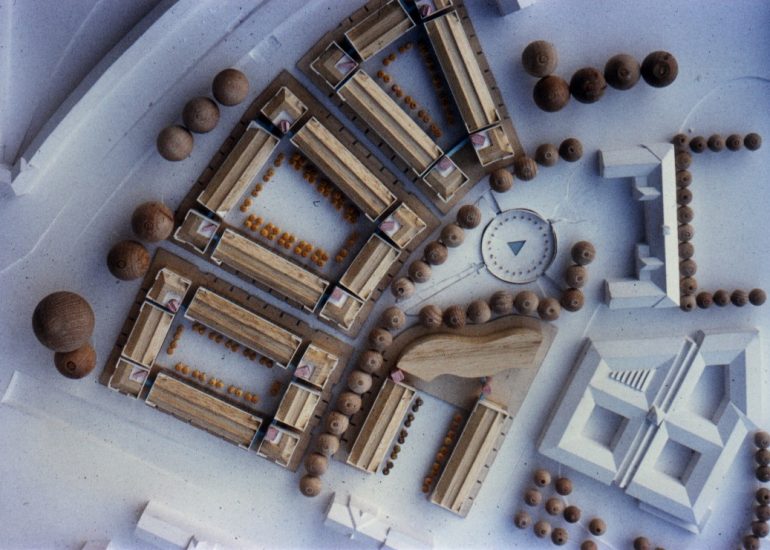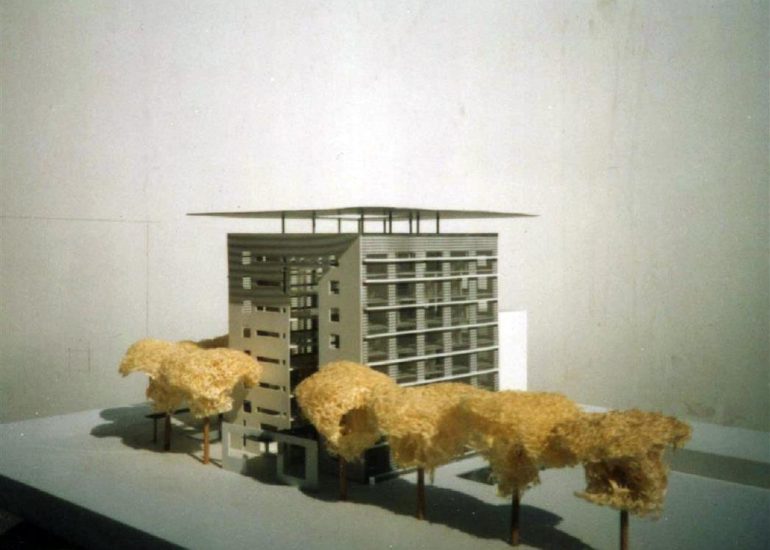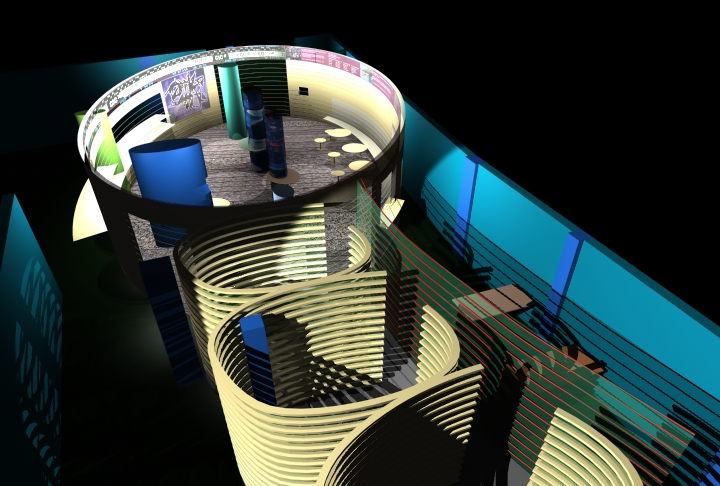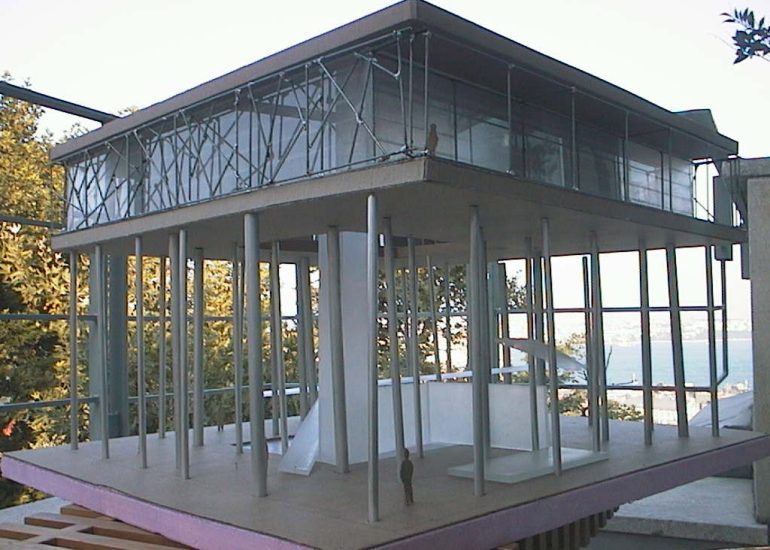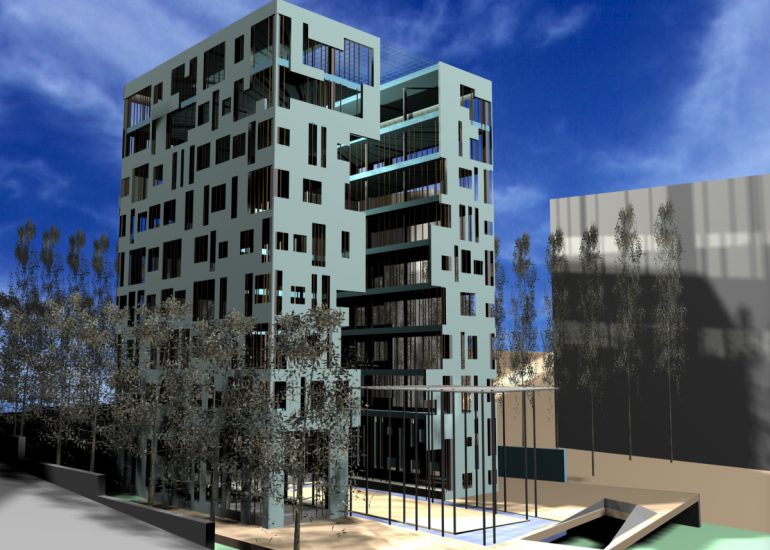European Culture Week Installation
“Classısm ın Archıtecture”
Year
1985
Between Dıvısıon and Desıre: A Semıotıc Medıtatıon on Classıcısm, the Body, and Memory
From the outside, it appears almost familiar. The exhibition hall, orchestrated by TCA with seemingly classicist gestures, immediately evokes memories of temples, porticoes, and an ideal of harmony that has long since fractured. Yet anyone who takes the first step inside enters a semiotic labyrinth—a space where signs do not merely refer, but speak, contradict, disguise themselves.
For this exhibition is not a mere arrangement of architectural quotations. It is a deconstruction. A critique. And, above all: a myth.
TCA builds a mythological bridge to one of humanity’s oldest narratives—that Platonic image of the original human, with two heads, four arms, two genders, whom the gods—afraid of their wholeness—split in two. Ever since, the legend goes, each half longs for its other, lost self.
This idea—so archetypal—is not merely told here, but translated architecturally. The exhibition becomes a choreography of this eternal search. Columns rise not as structural elements but as semantic ruins. They recall the classical ideal, yet deny its function. They are no longer structure—they are signs. Ornaments that no longer know what they are meant to signify.
The sacrality of form—another echo of the classical—appears here as ironic reflection. TCA plays with the iconography of grandeur: arches, pilasters, symmetrical axes. But each of these elements is fragmented, mirrored, doubled—as if they, too, are searching for their lost counterpart.
In this sense, the exhibition is not a space, but a story about space. And as Eco once wrote: “Every text is a tissue of quotations.” So too is this architecture a tissue of fragments, signs, relics—not nostalgic, but subversive. Classicism is not honored here, but interrogated: What does it mean to use a “classical” form? What remains of the ideal when its semantic core disintegrates?
TCA shows us: the contemporary architect who reaches for ornament also reaches for myth. Not to restore order, but to make visible the longing for wholeness. Division is not just a theme of mythology—it is embedded in the history of architecture itself. The classical form was never complete. It was always already a fragment disguised as a whole.
Thus the journey through the exhibition does not end in resolution, but in a mirror. The visitor sees themselves—as a seeker, as part of an incomplete whole. And perhaps it is precisely in this moment that architecture ceases to be mere form—and begins to become narrative.
——————————————————————————————————————————————————————
Bölünme ve Arzu Arasında: Klasisizm, Beden ve Hafıza Üzerine Semiyotik Bir Meditasyon
Dışarıdan bakıldığında neredeyse tanıdık gelir. TCA tarafından klasikçi jestlerle kurgulanmış sergi mekanı, hemen tapınakları, revakları, çoktan parçalanmış bir uyum idealini çağrıştırır. Ancak içeri adım atan herkes, yalnızca bir mekâna değil, aynı zamanda bir semiyotik labirente girer—burada işaretler yalnızca göndermede bulunmaz, konuşur, çelişir, kendini gizler.
Çünkü bu sergi sadece mimari alıntıların bir araya getirilişi değildir. Bu bir yapıbozumdur. Bir eleştiri. Ve her şeyden önce: bir mitostur.
TCA, insanlığın en eski anlatılarından birine mitolojik bir köprü kurar—iki başlı, dört kollu, çift cinsiyetli ilk insanın Platoncu imgesine. Tanrılar, bu bütünlüğün gücünden korkarak onu ikiye ayırır. O günden beri, efsaneye göre, her yarım, diğer yarısını bulmak için sonsuz bir arayışa girer.
Bu arketipsel fikir burada yalnızca anlatılmaz, aynı zamanda mimari olarak çevrilir. Sergi, bu ebedi arayışın bir koreografisine dönüşür. Sütunlar yükselir; taşıyıcı unsurlar olarak değil, semantik harabeler olarak. Klasik ideali anımsatırlar, ancak onun işlevini reddederler. Artık yapı değil, işarettirler. Ne anlama geldiklerini unutmuş süslemelerdir.
Formun kutsallığı—klasizmin yankılarından biri—burada ironik bir yansımaya dönüşür. TCA, yüceliğin ikonografisiyle oynar: kemerler, pilasterler, simetrik akslar. Ancak bu öğelerin her biri parçalanmış, aynalanmış, çoğaltılmıştır—sanki onlar da kayıp eşlerini arıyor gibidir.
Bu anlamda sergi bir mekân değil, mekân üzerine kurulmuş bir anlatıdır. Ve Eco’nun bir zamanlar yazdığı gibi: “Her metin alıntılardan oluşmuş bir dokudur.” Bu mimari de öyle; fragmanlardan, işaretlerden, kalıntılardan oluşmuş bir dokudur—nostaljik değil, yıkıcıdır. Klasisizm burada onurlandırılmaz; sorgulanır: “Klasik” bir formu kullanmak ne anlama gelir? Anlamın özü dağıldığında idealden geriye ne kalır?
TCA bize gösterir: Bugünün mimarı, süslemeye uzandığında, aynı zamanda mite uzanır. Ama düzeni yeniden kurmak için değil; tamamlanma arzusunu görünür kılmak için. Bölünme yalnızca mitolojinin bir teması değil, mimarlık tarihinin ta kendisidir. Klasik form asla tam olmamıştır. O her zaman, bir bütün gibi davranan bir parça olmuştur.
Bu yüzden sergi boyunca yapılan yolculuk bir çözülmeyle değil, bir aynayla son bulur. Ziyaretçi kendini görür—arayışta olan, eksik bir bütünün parçası olarak. Ve belki de mimarlığın sadece biçim olmaktan çıkıp anlatıya dönüşmesi tam da bu anda gerçekleşir.
Location: Karlsruhe, Germany

